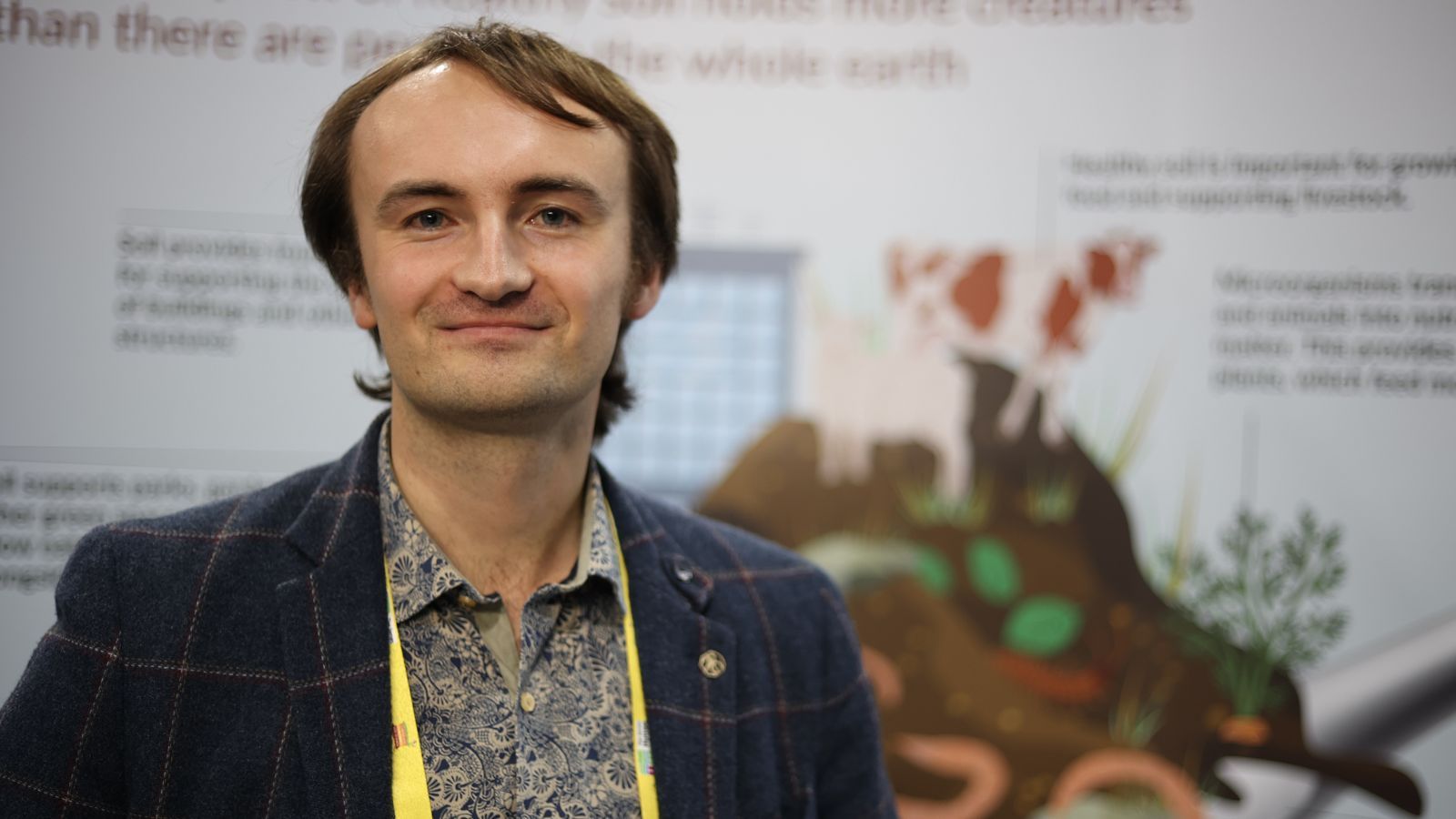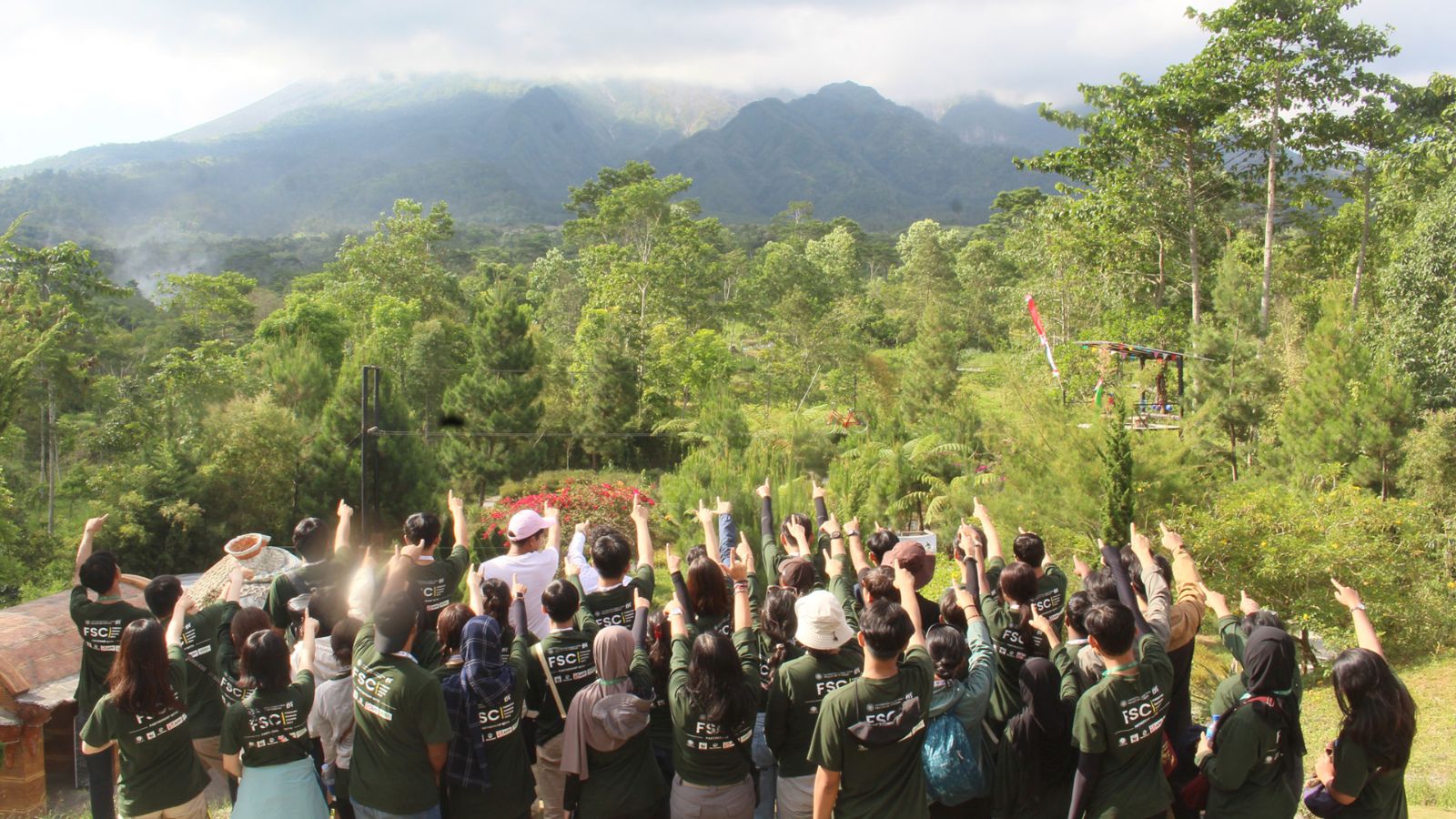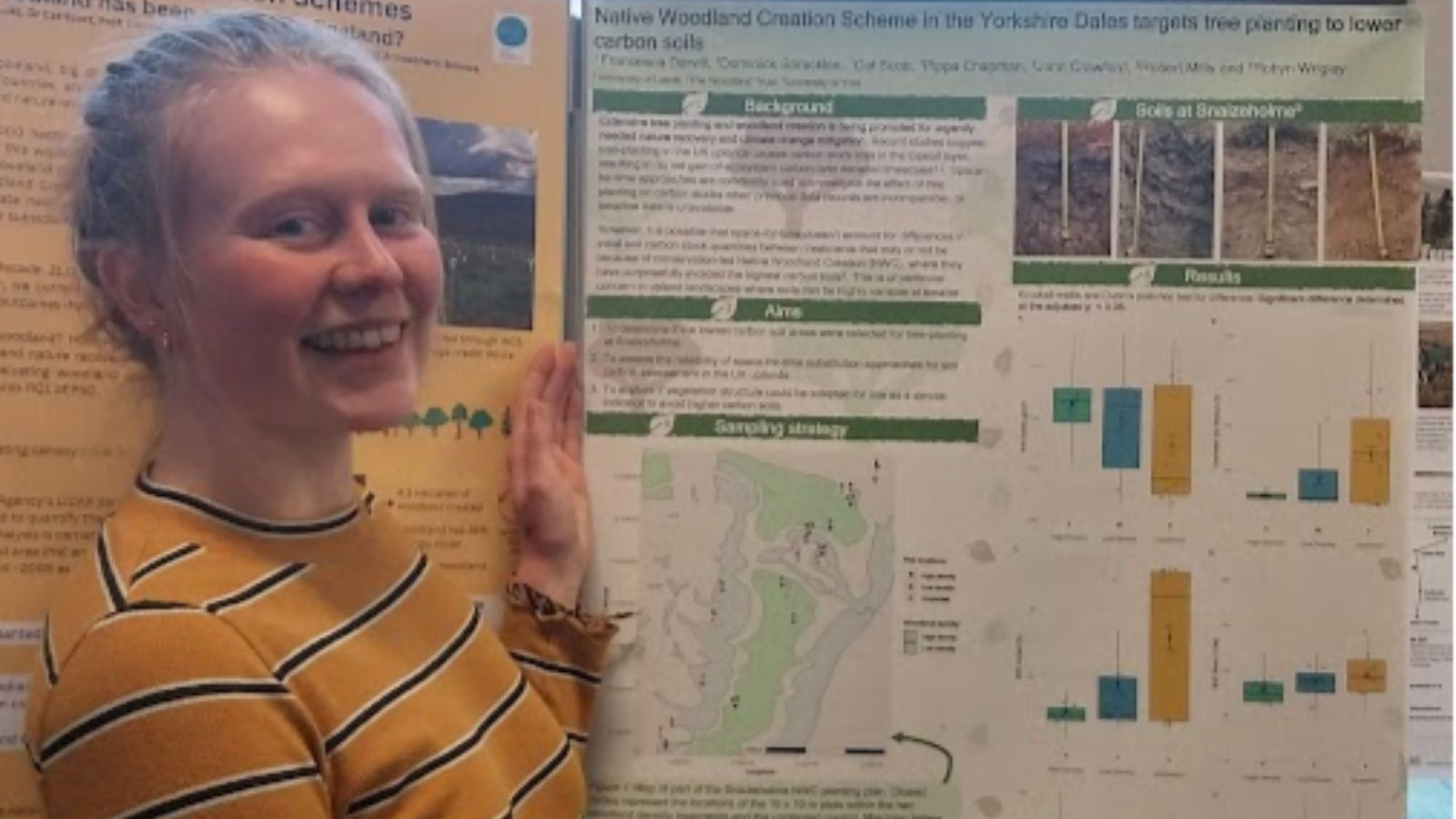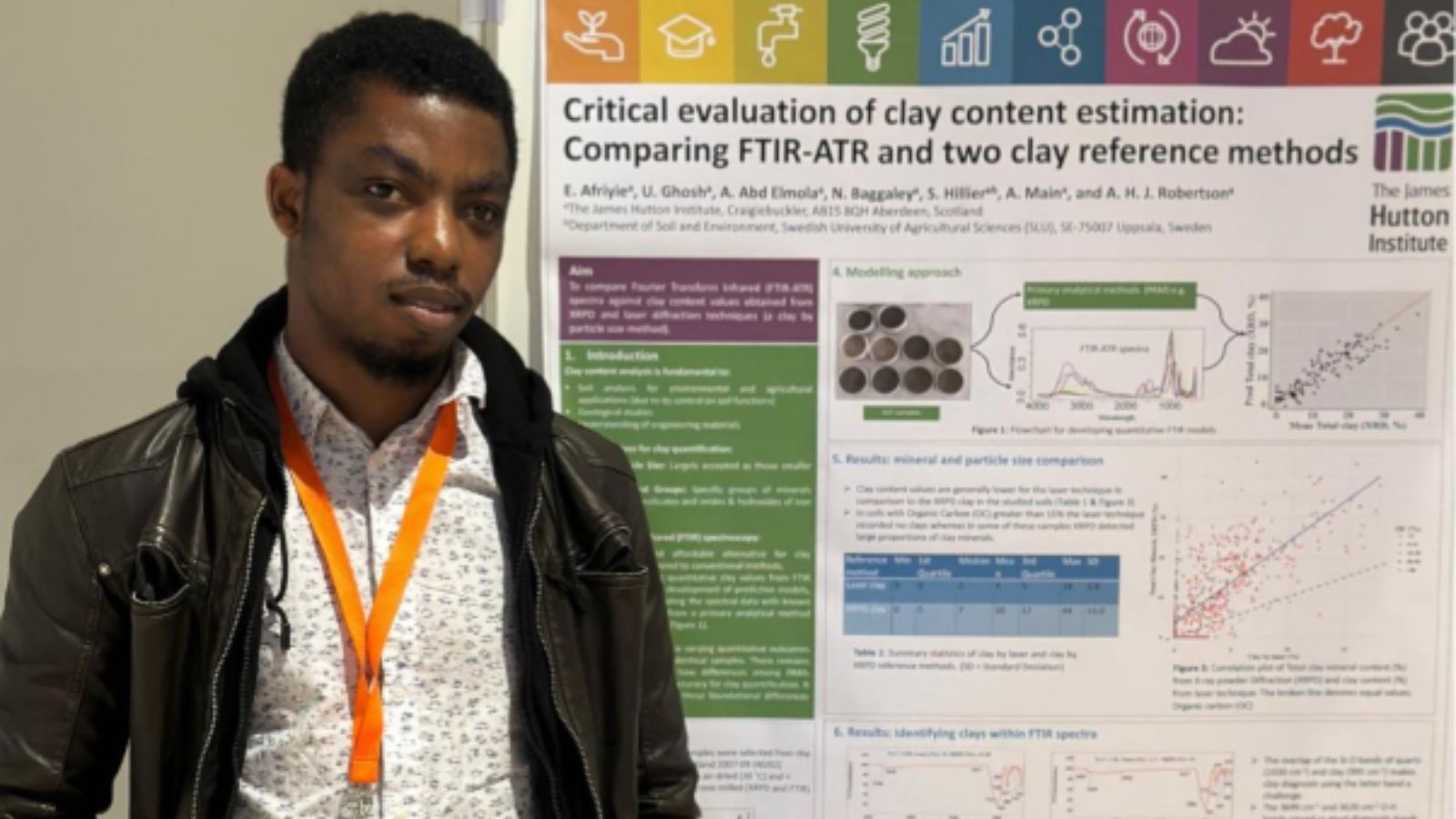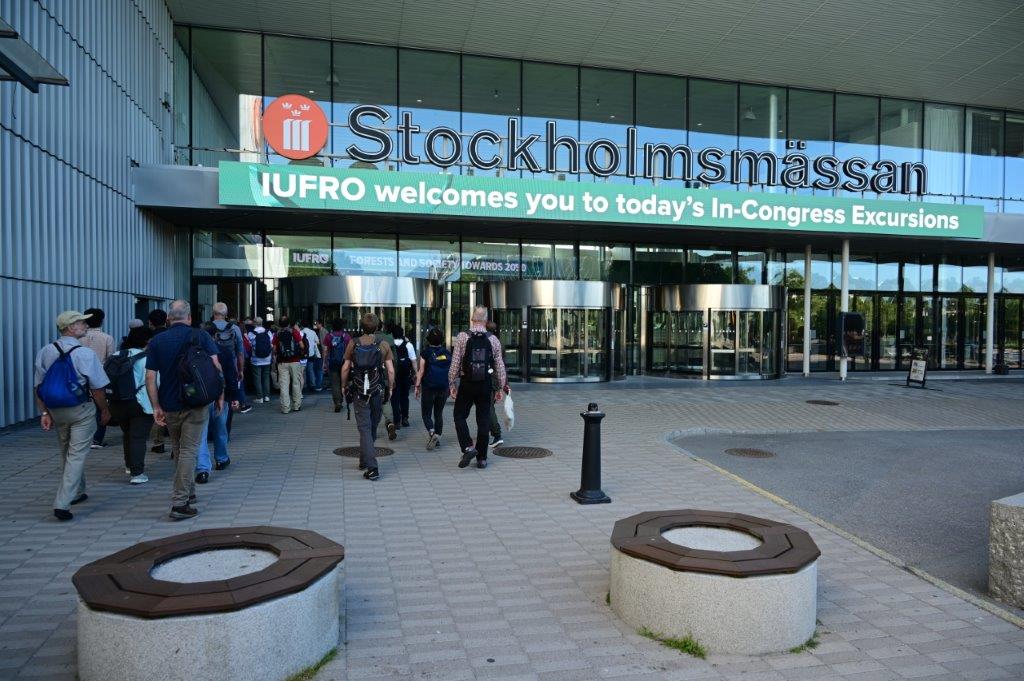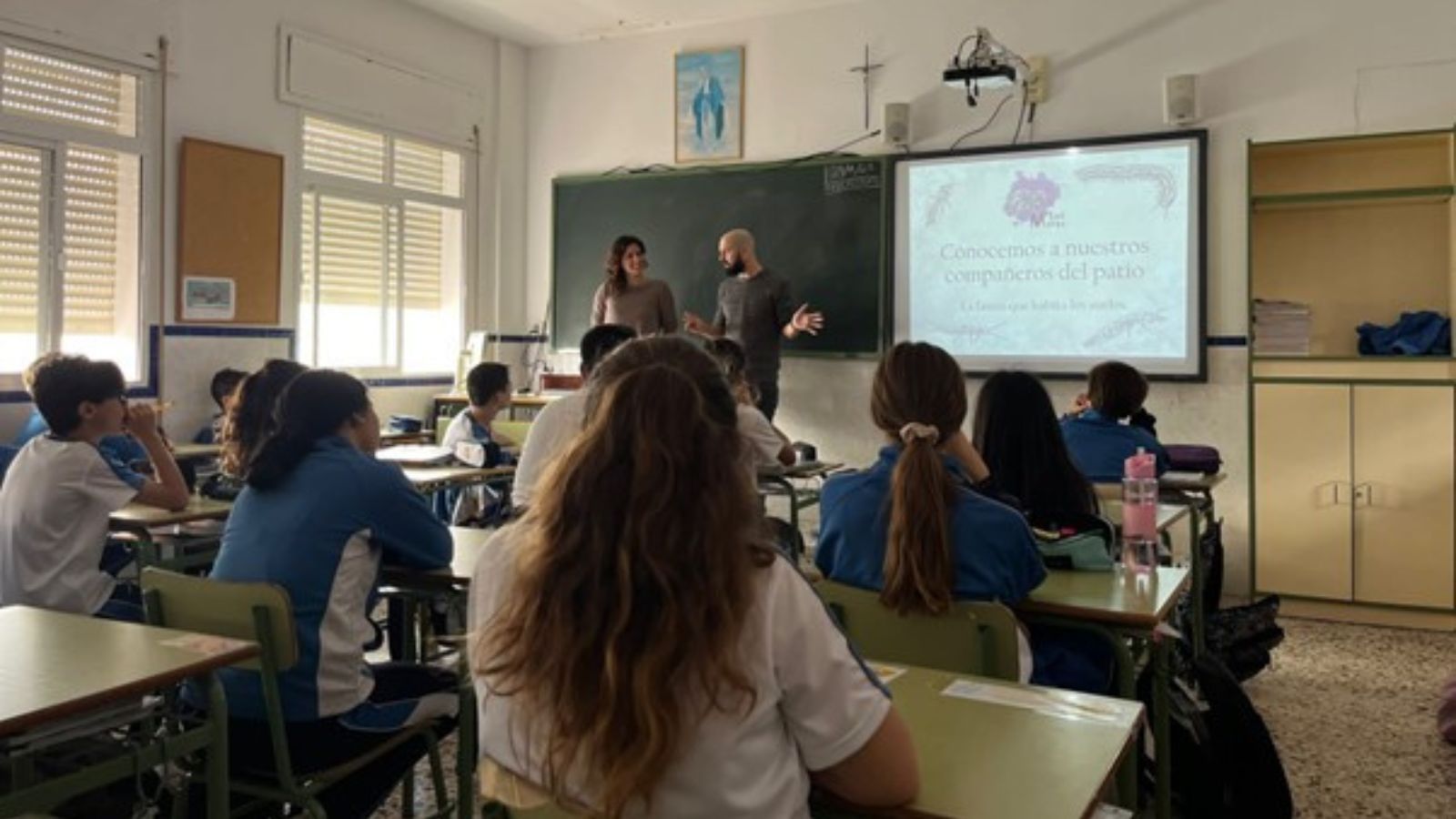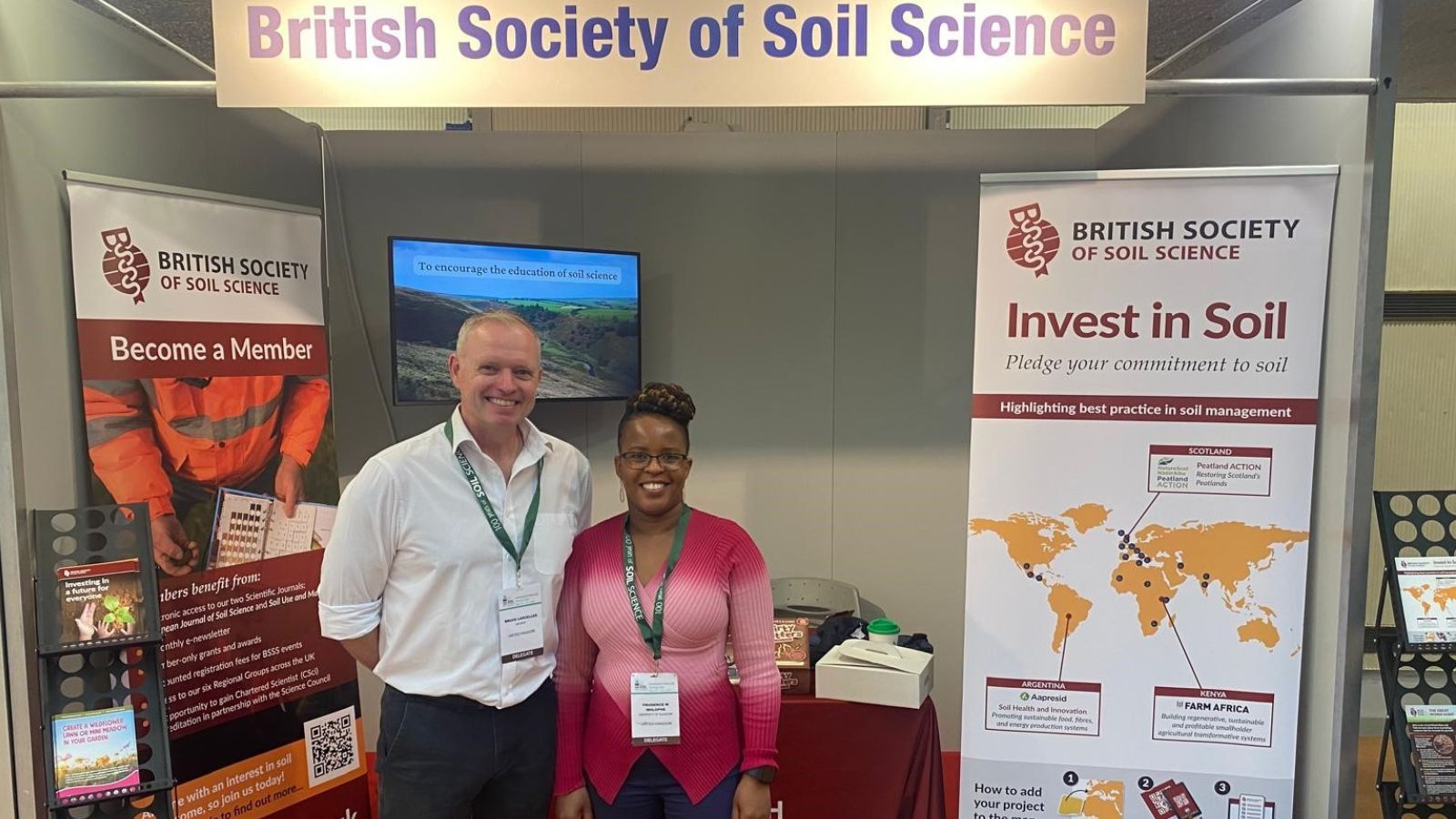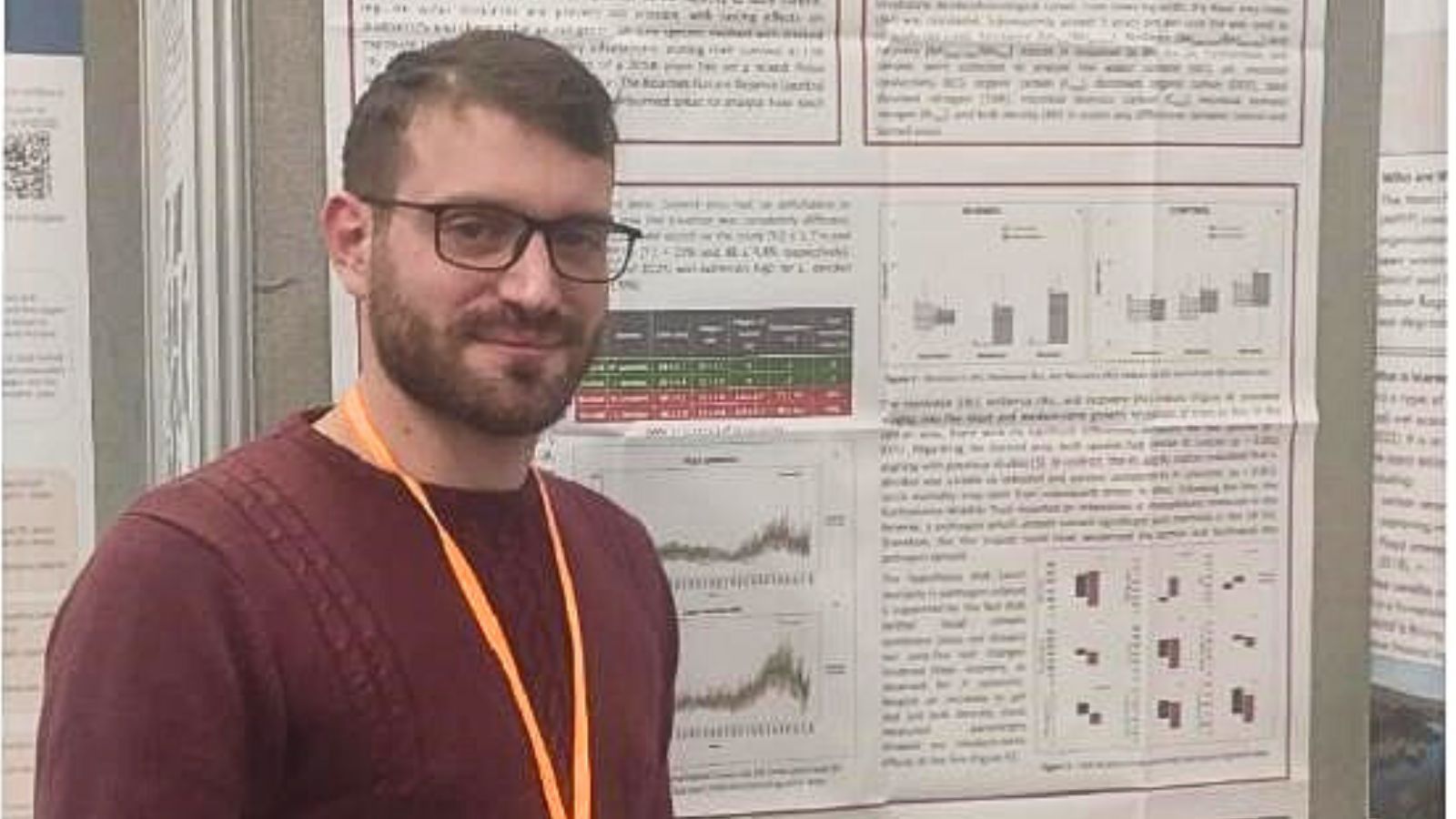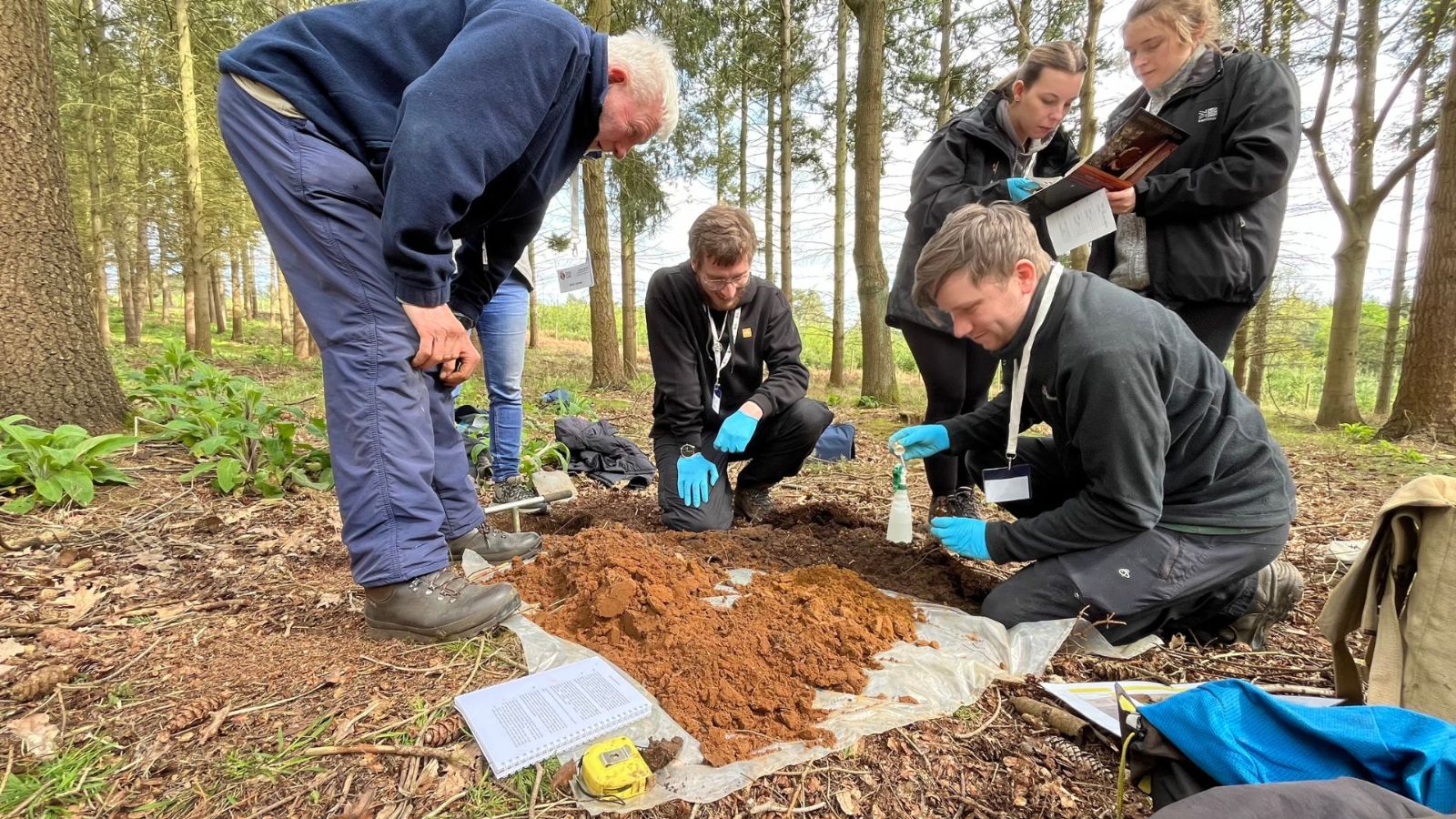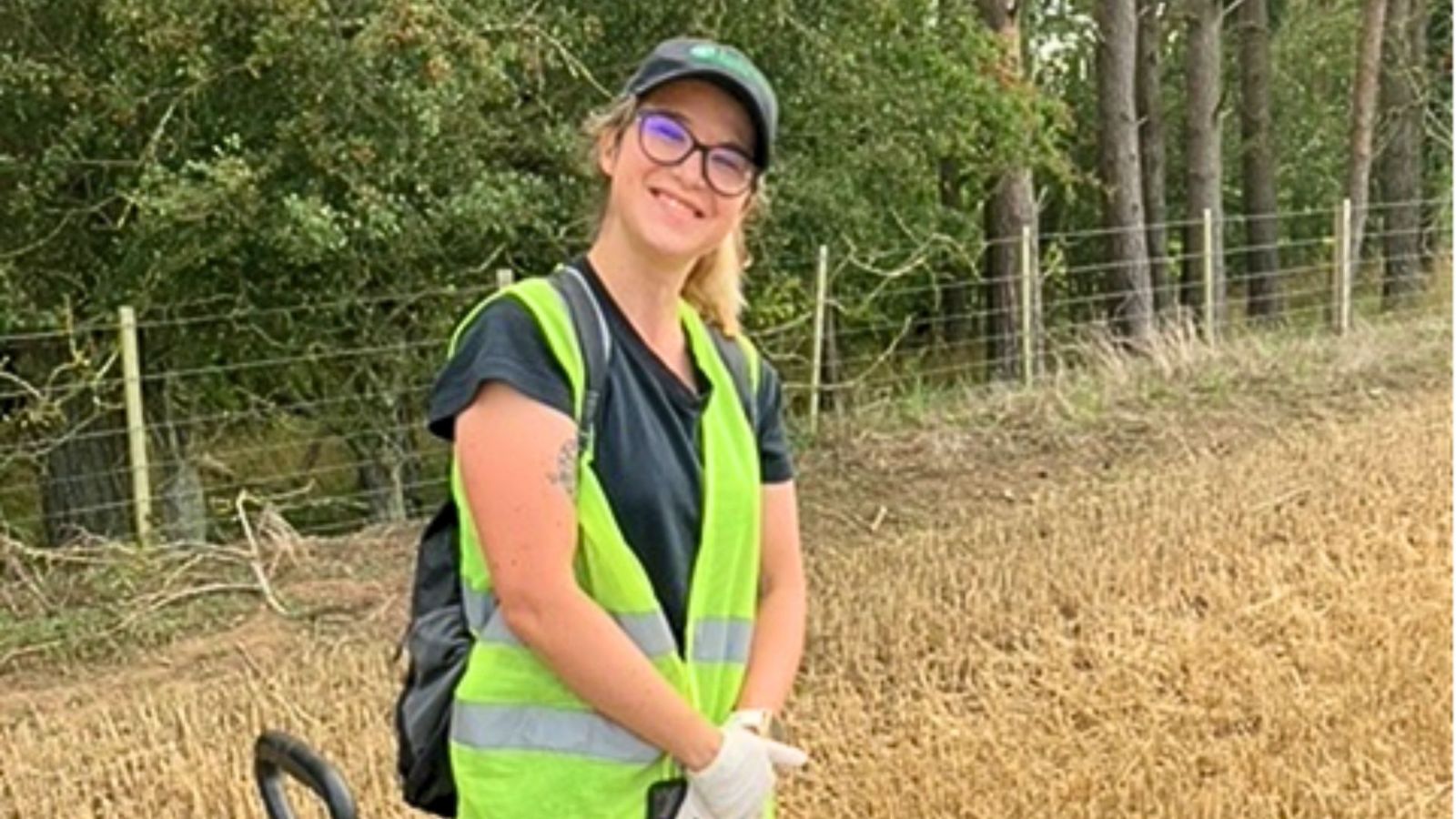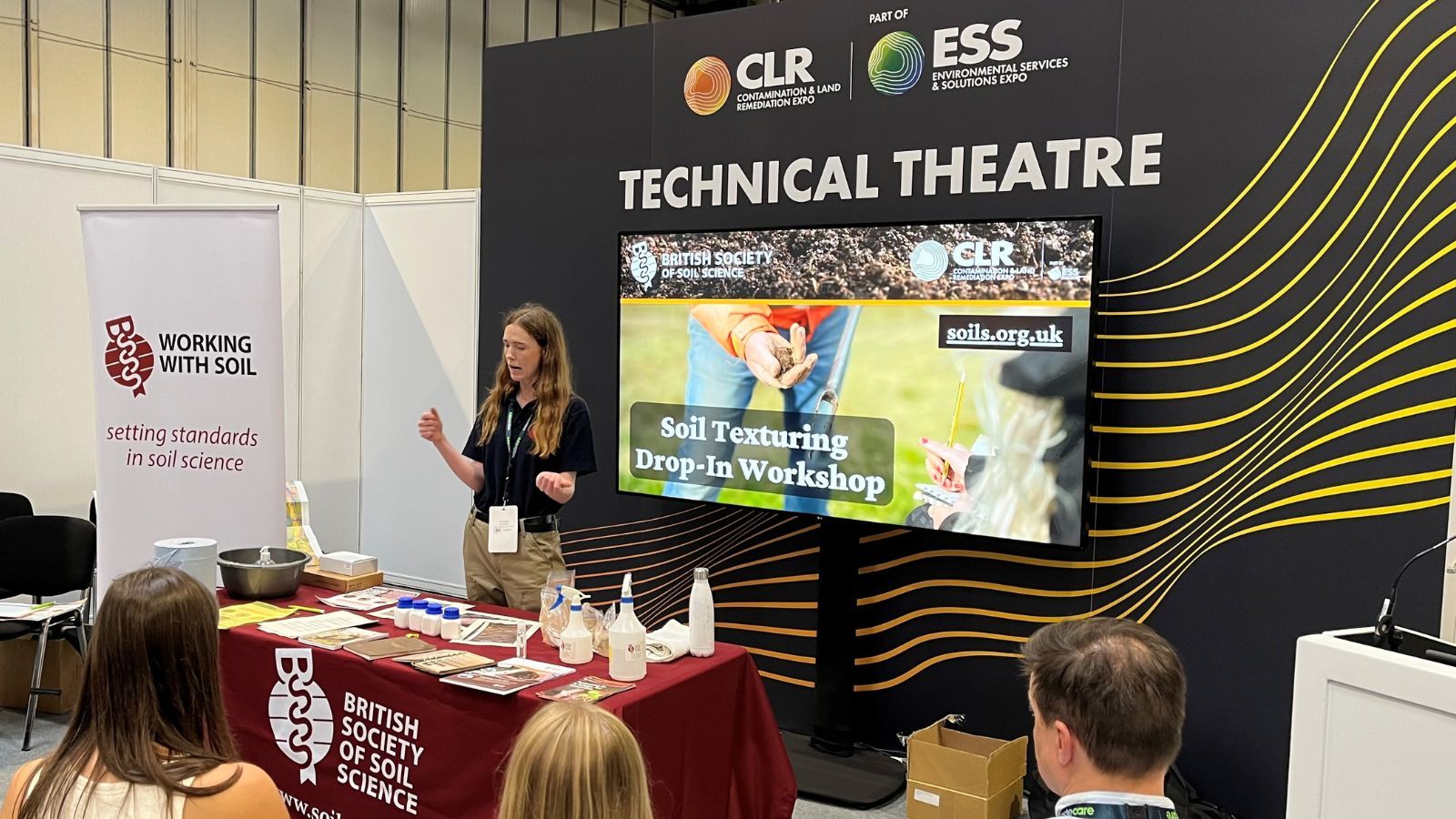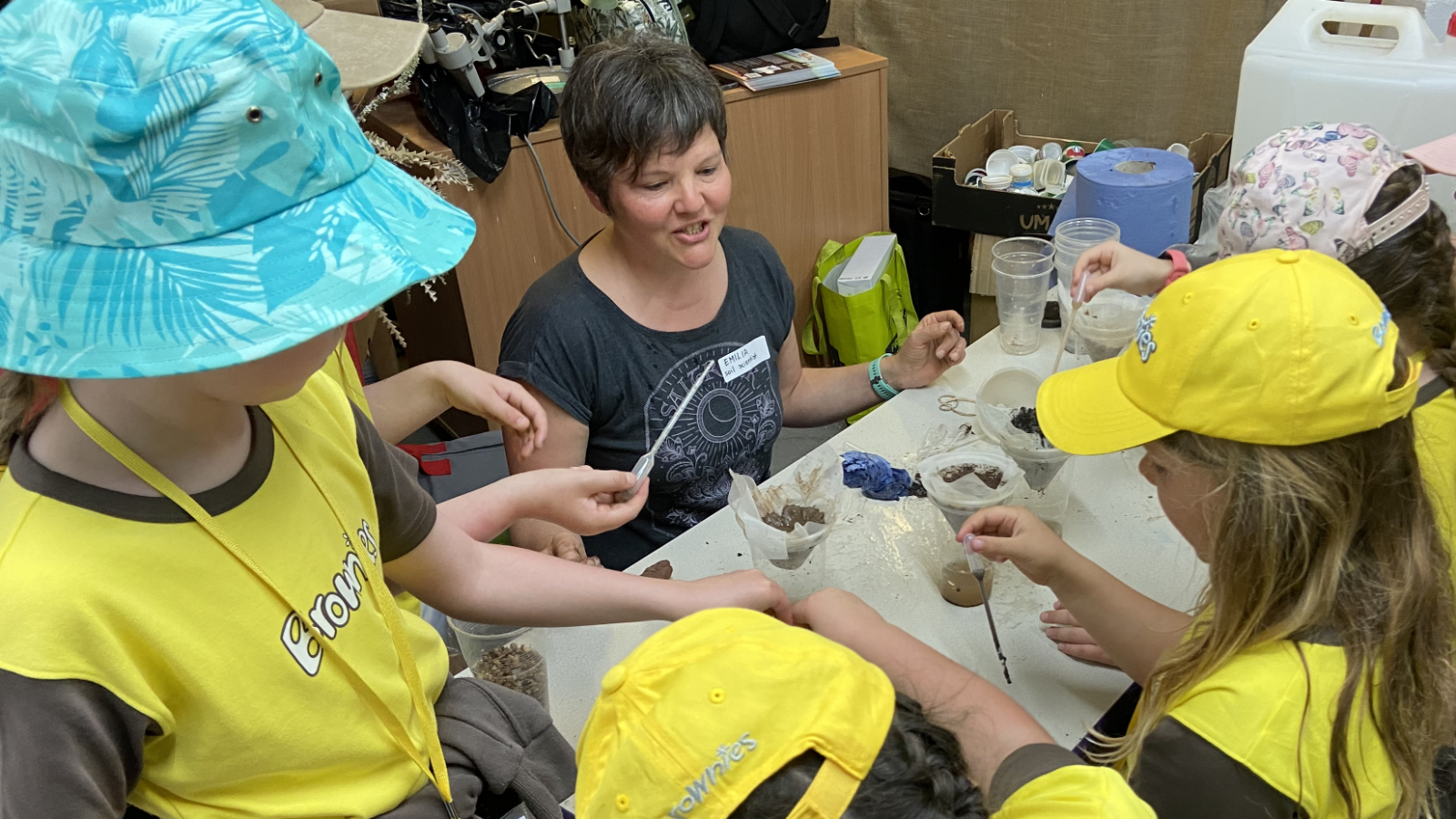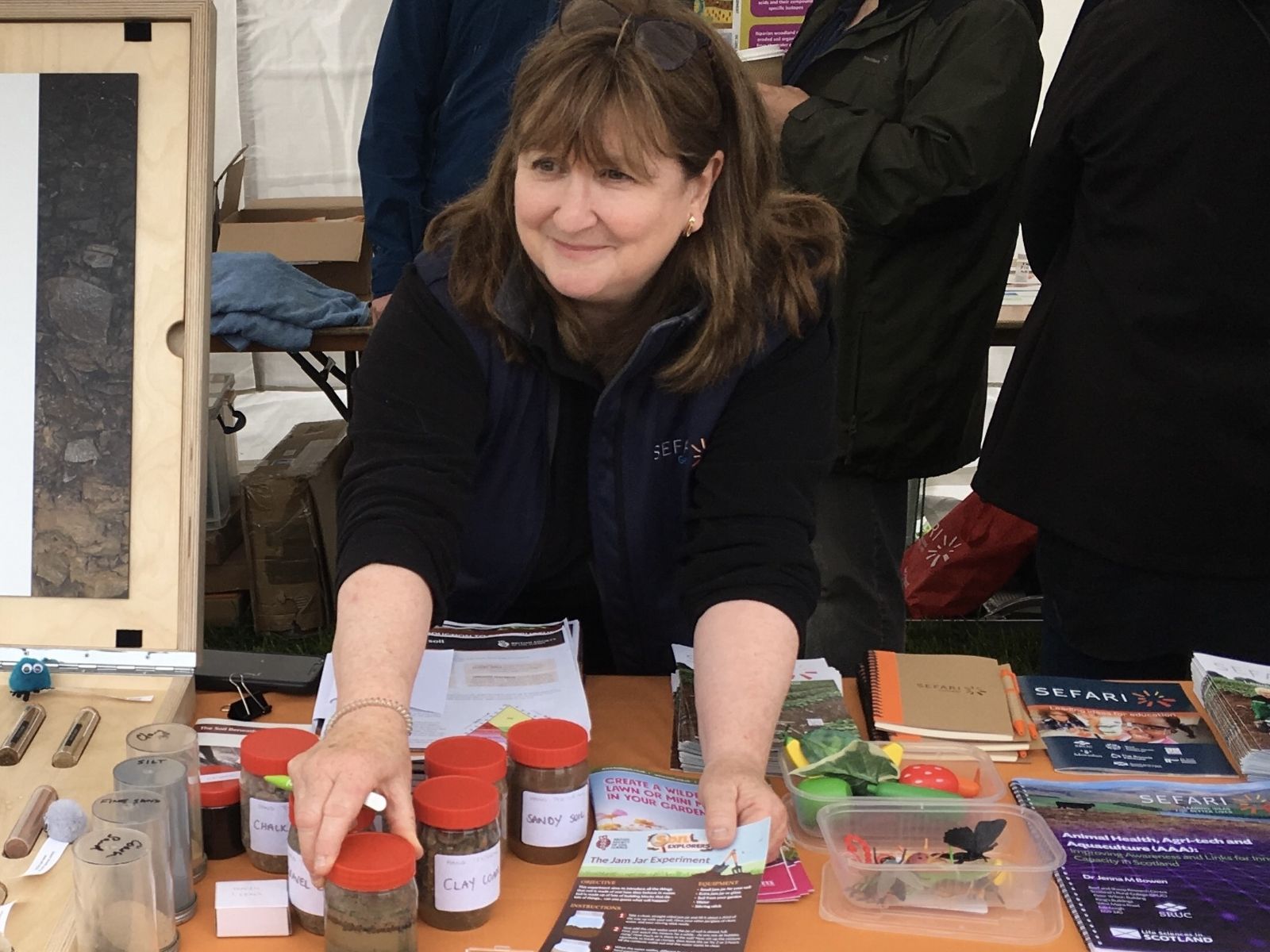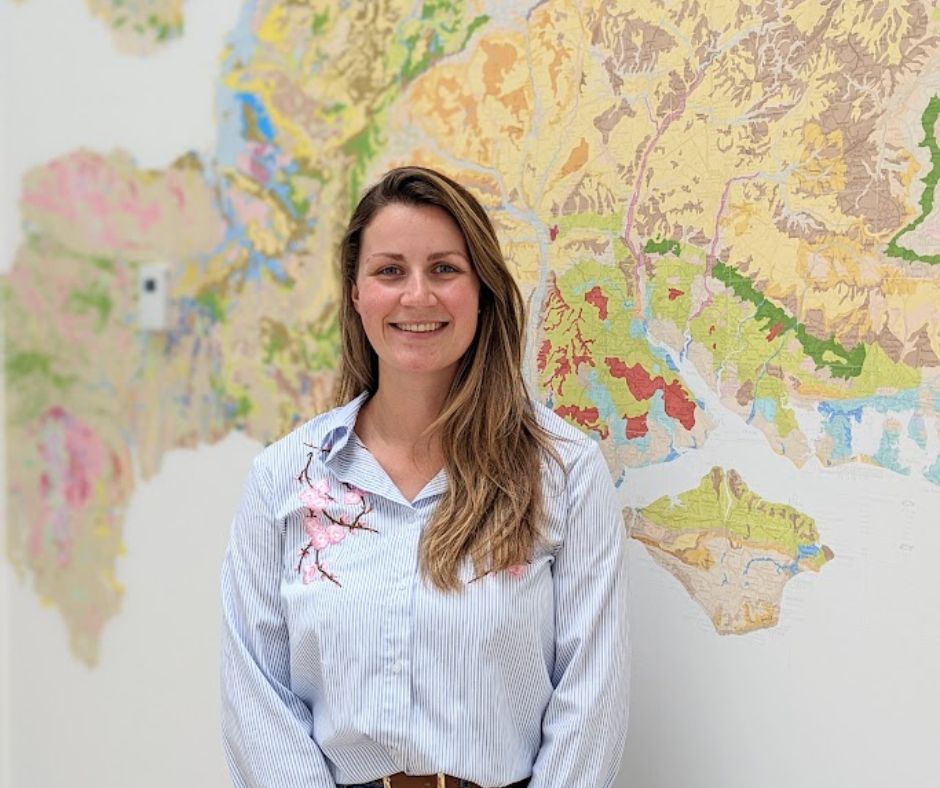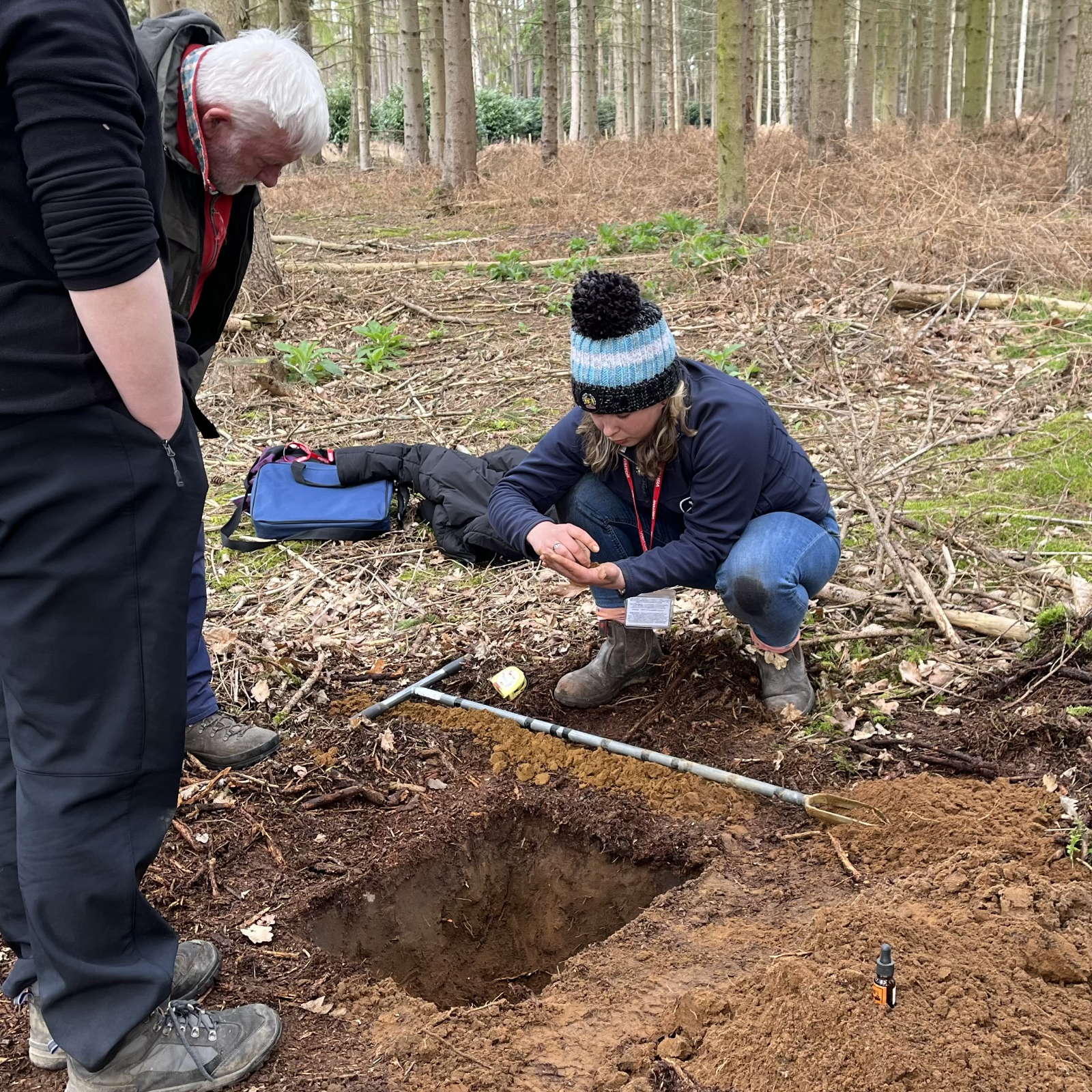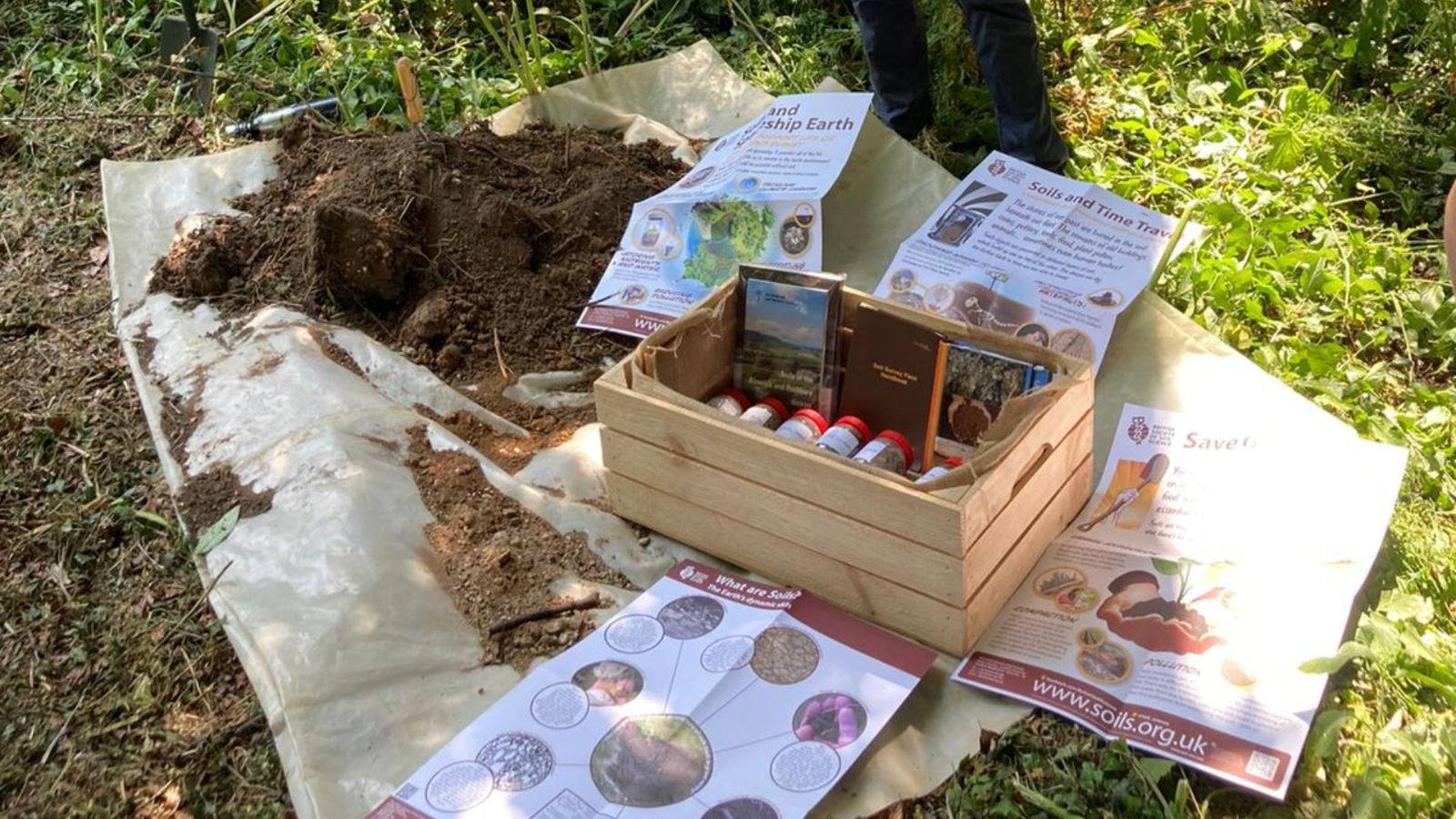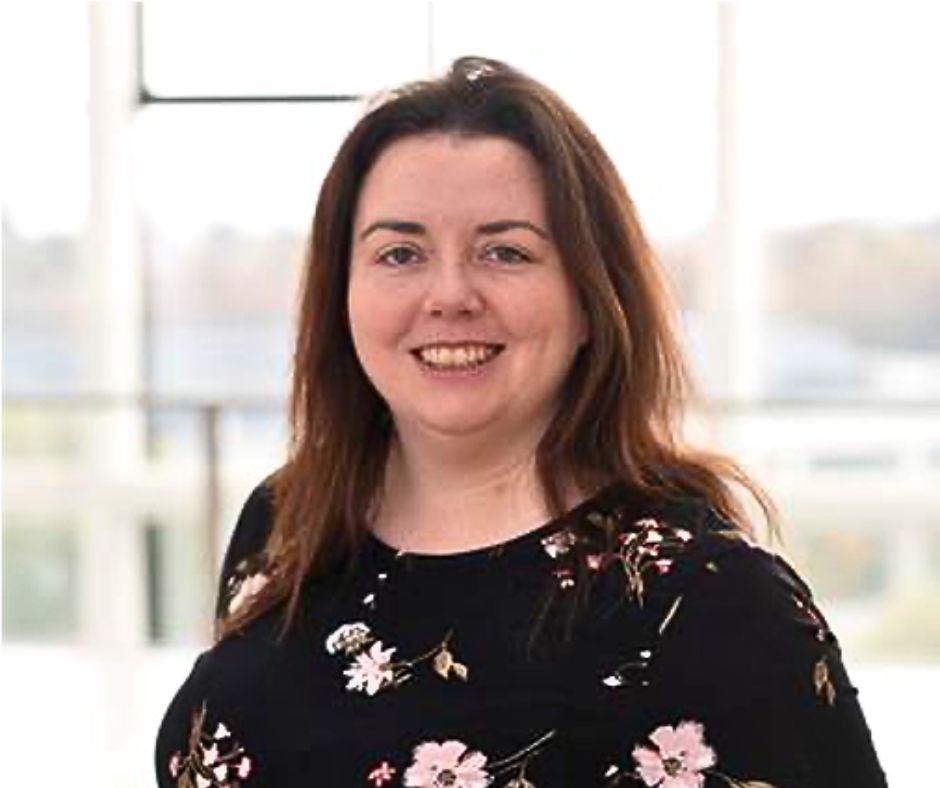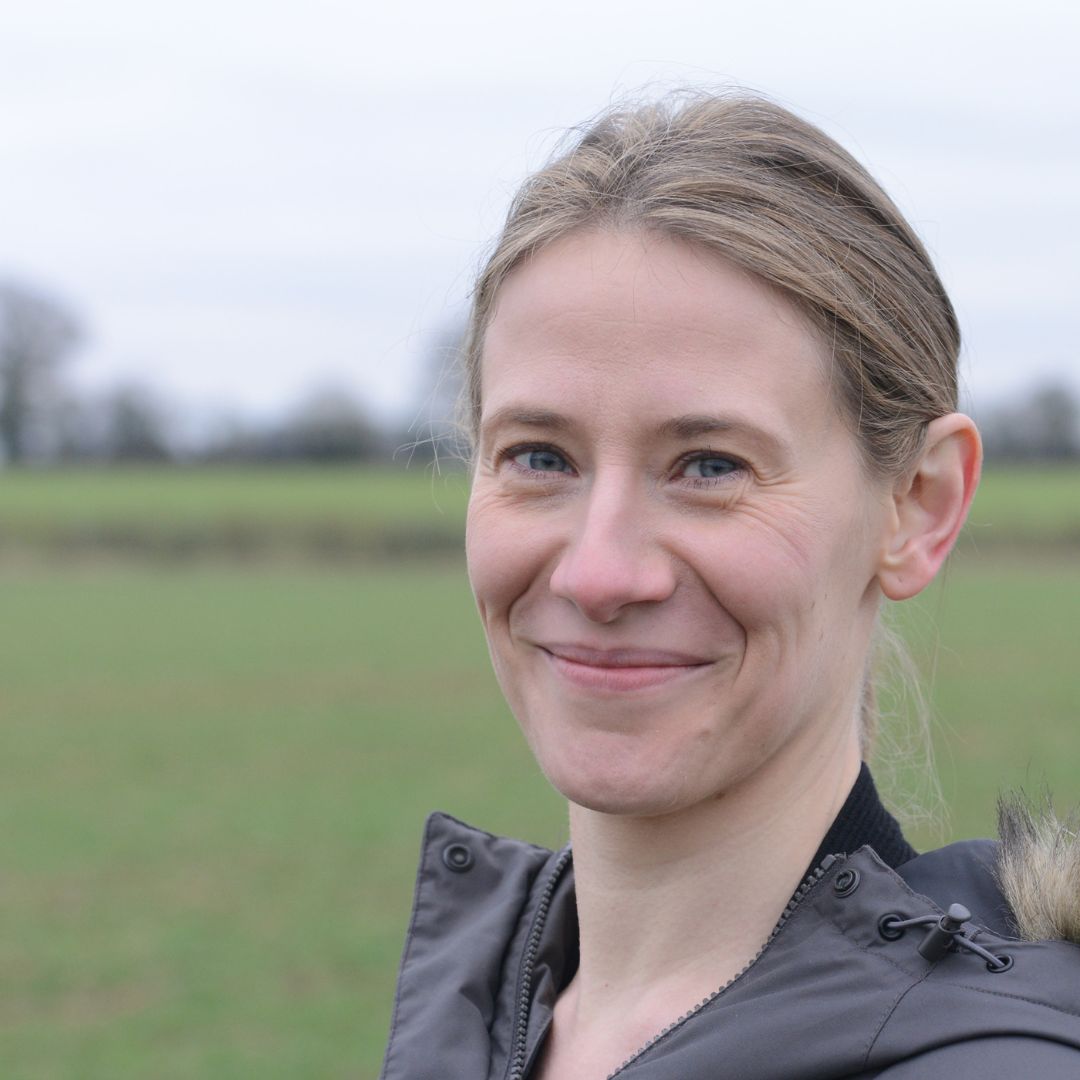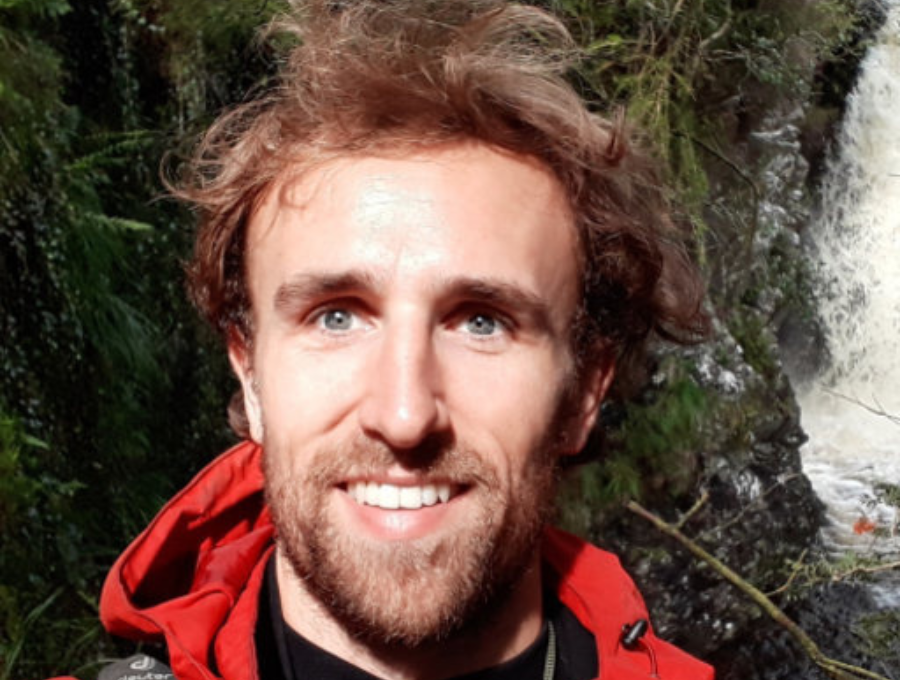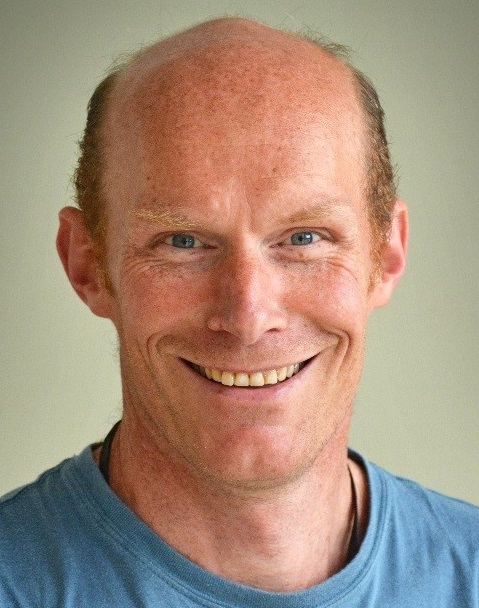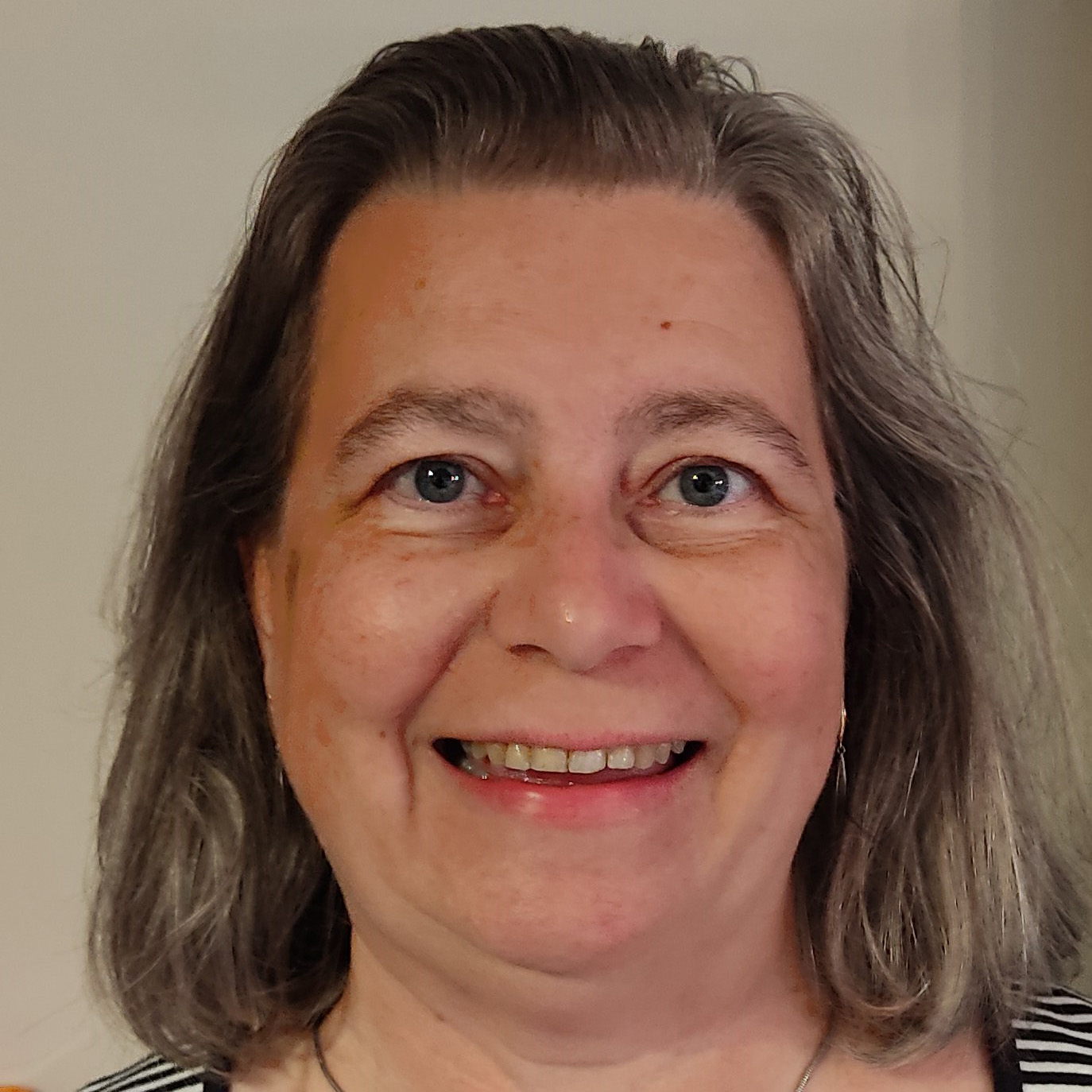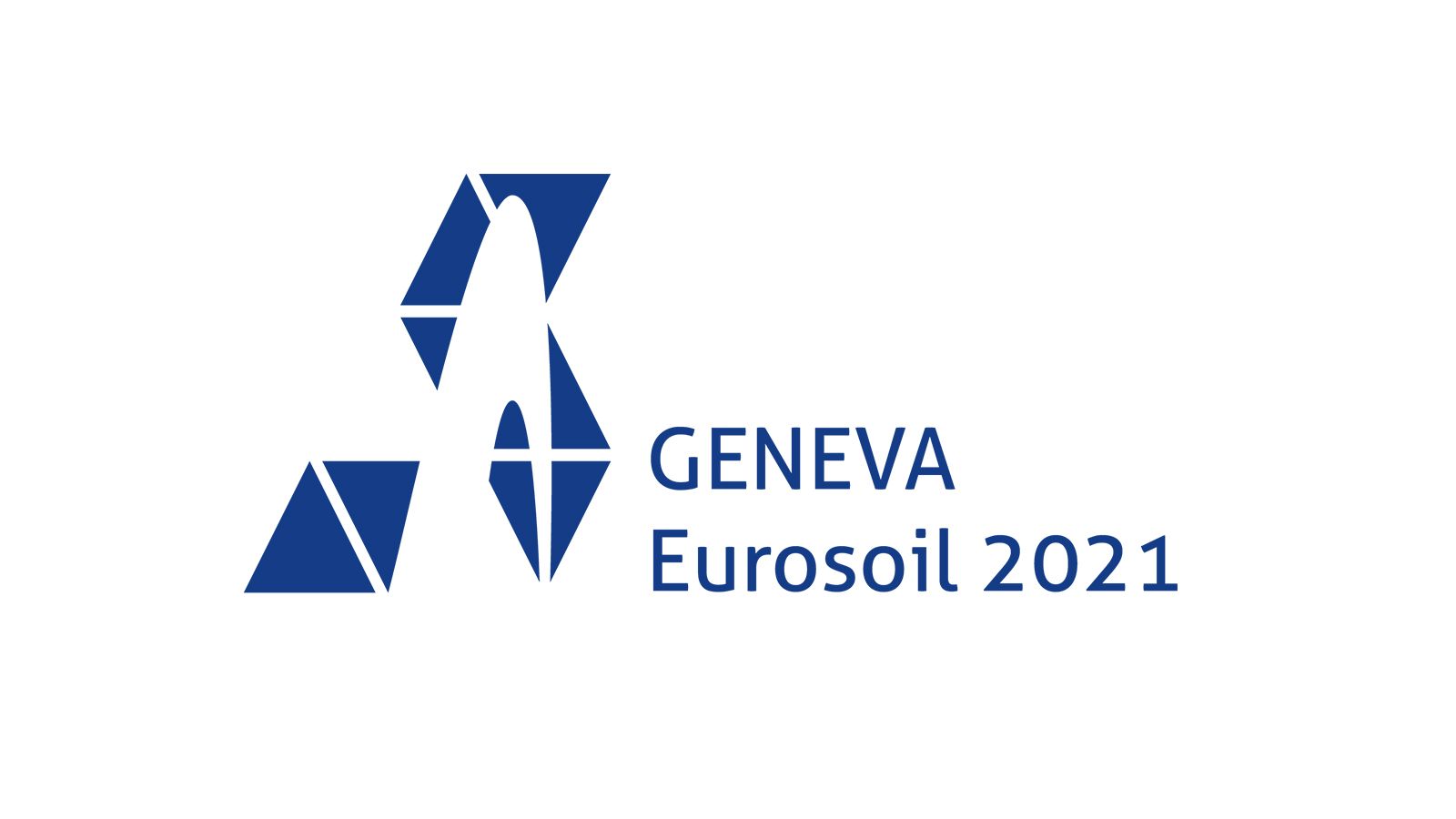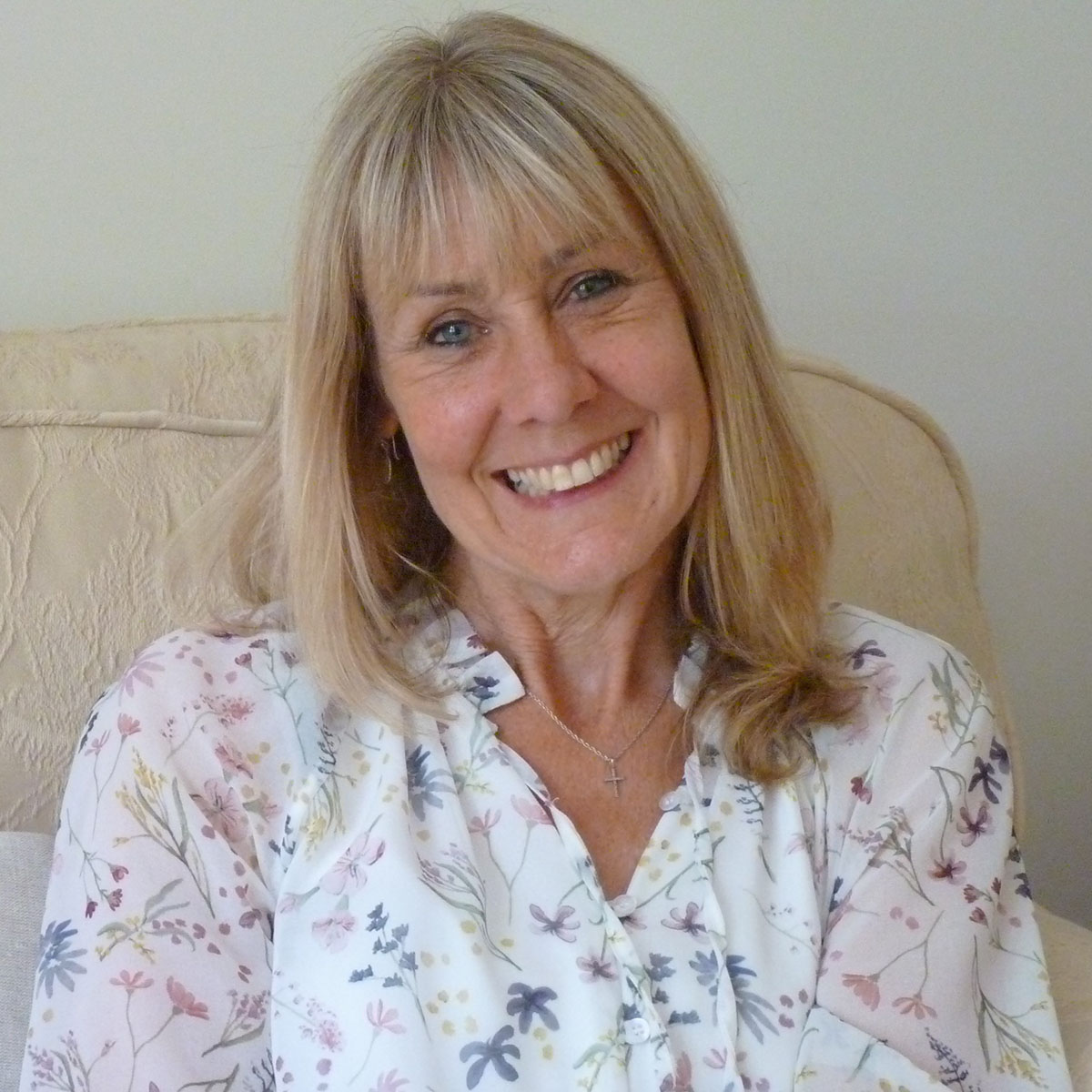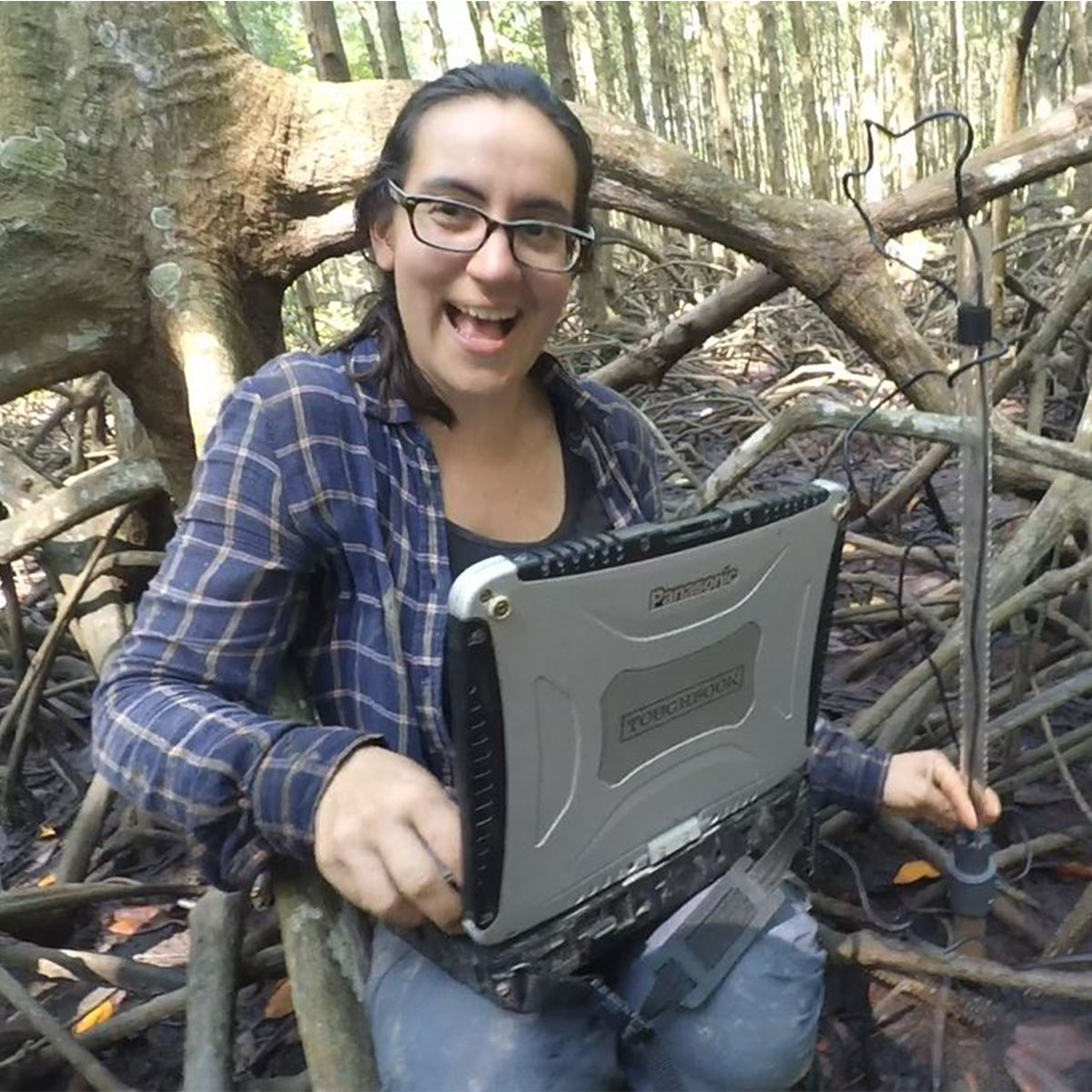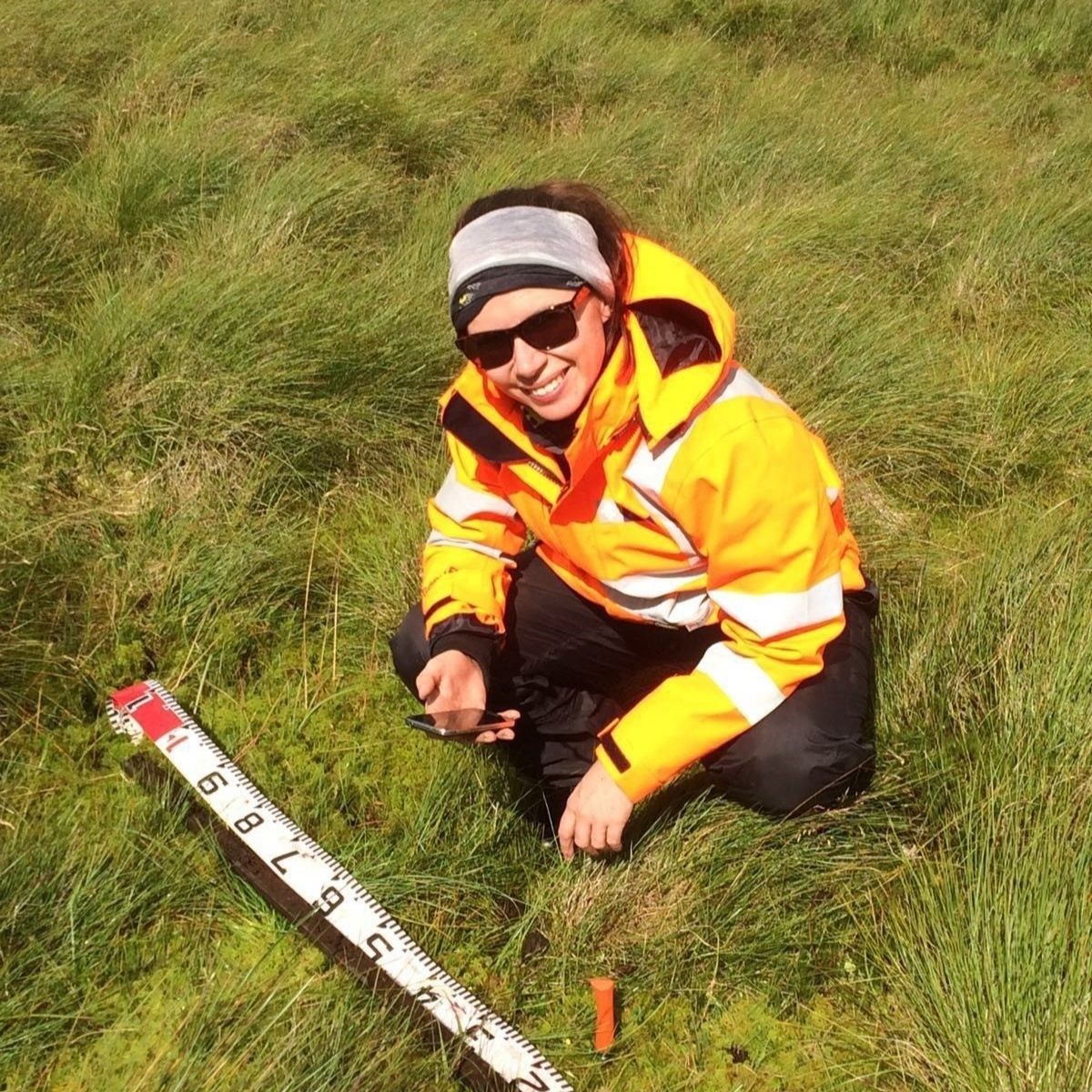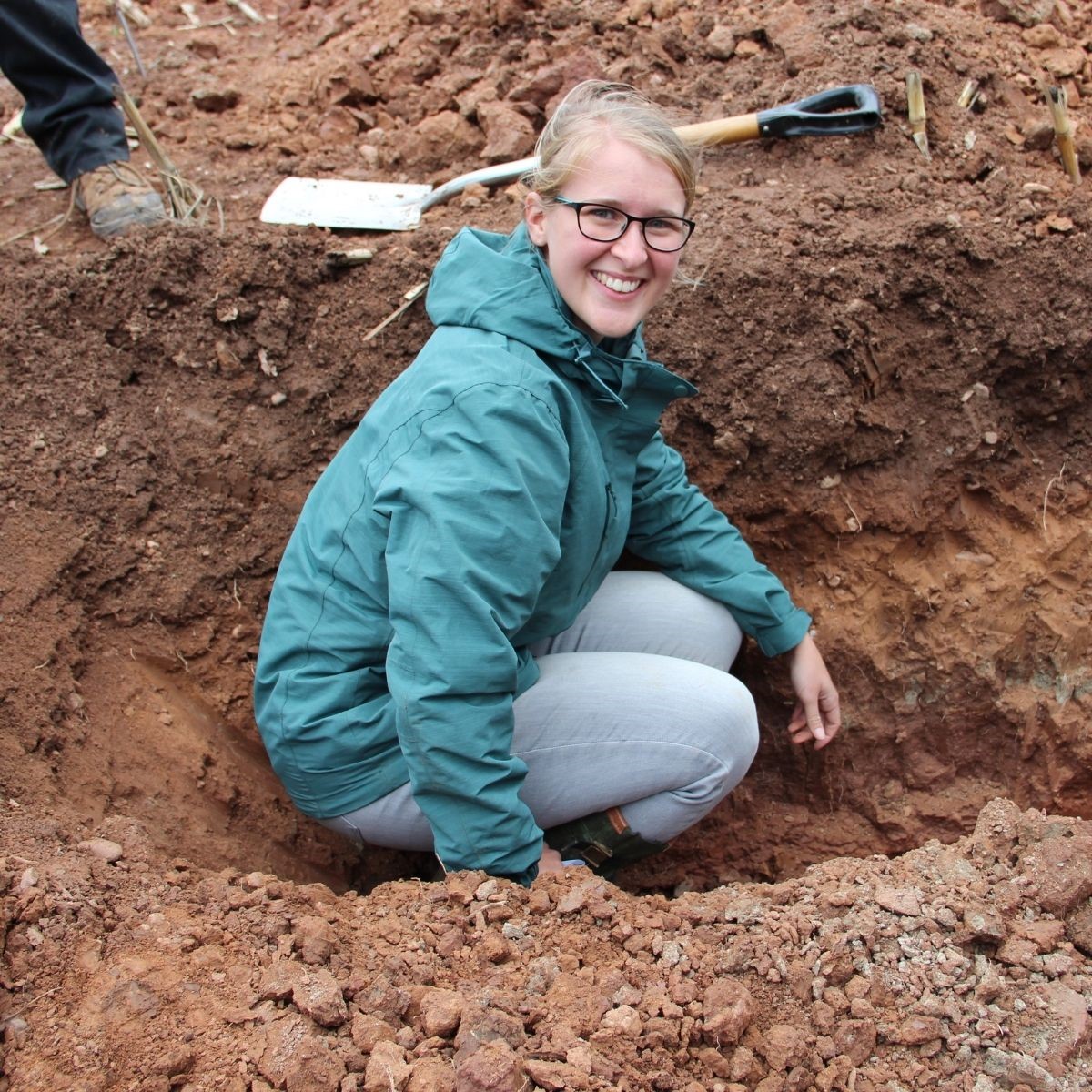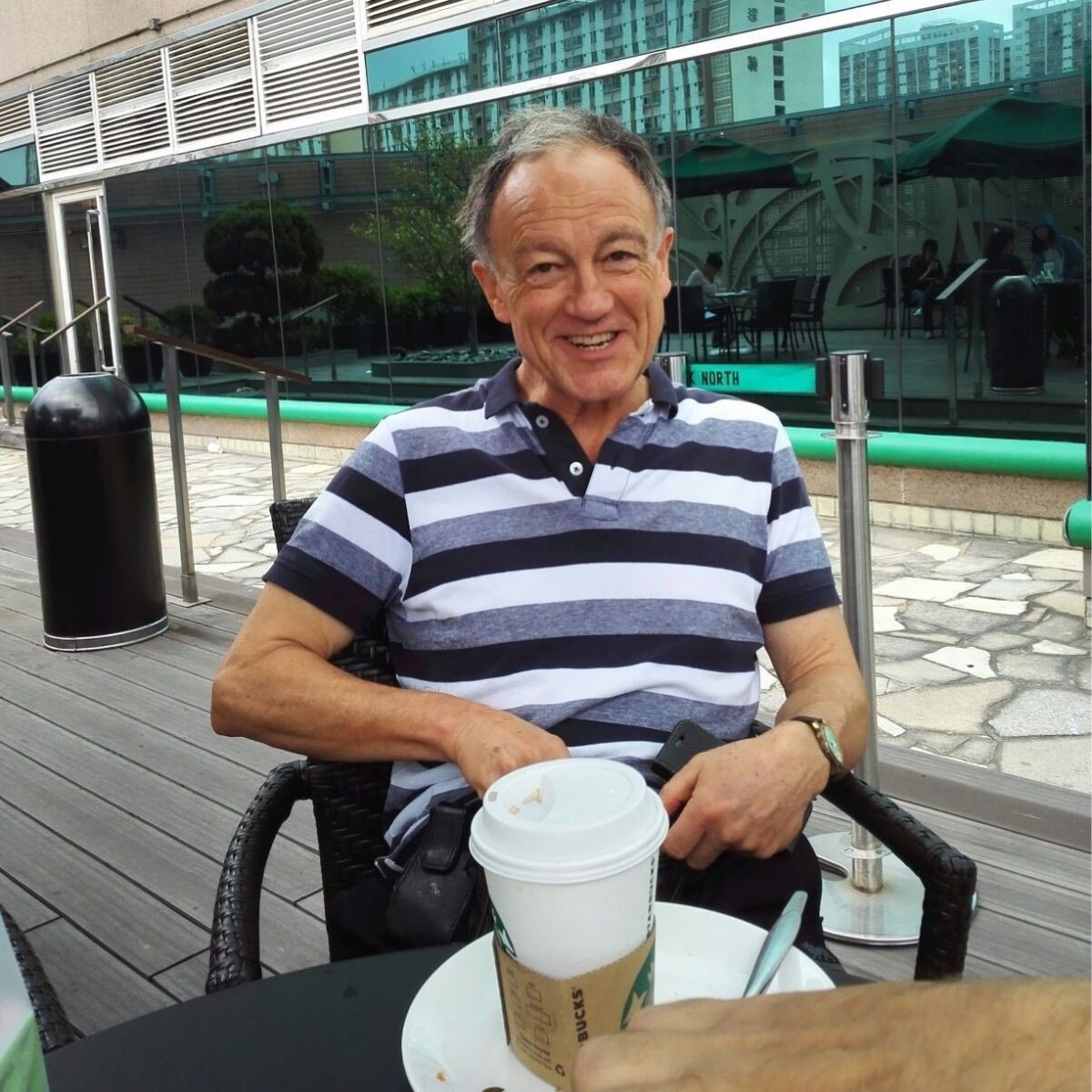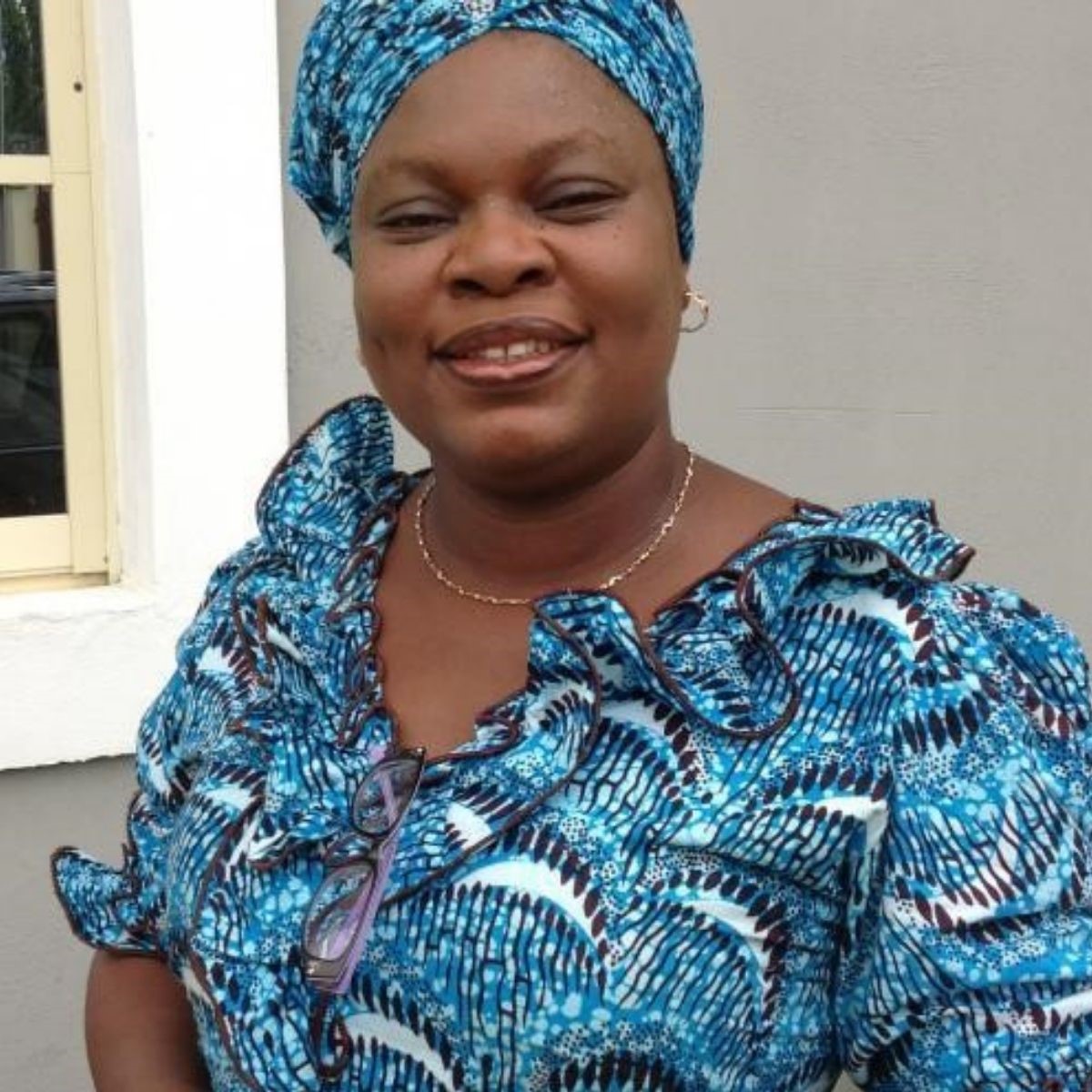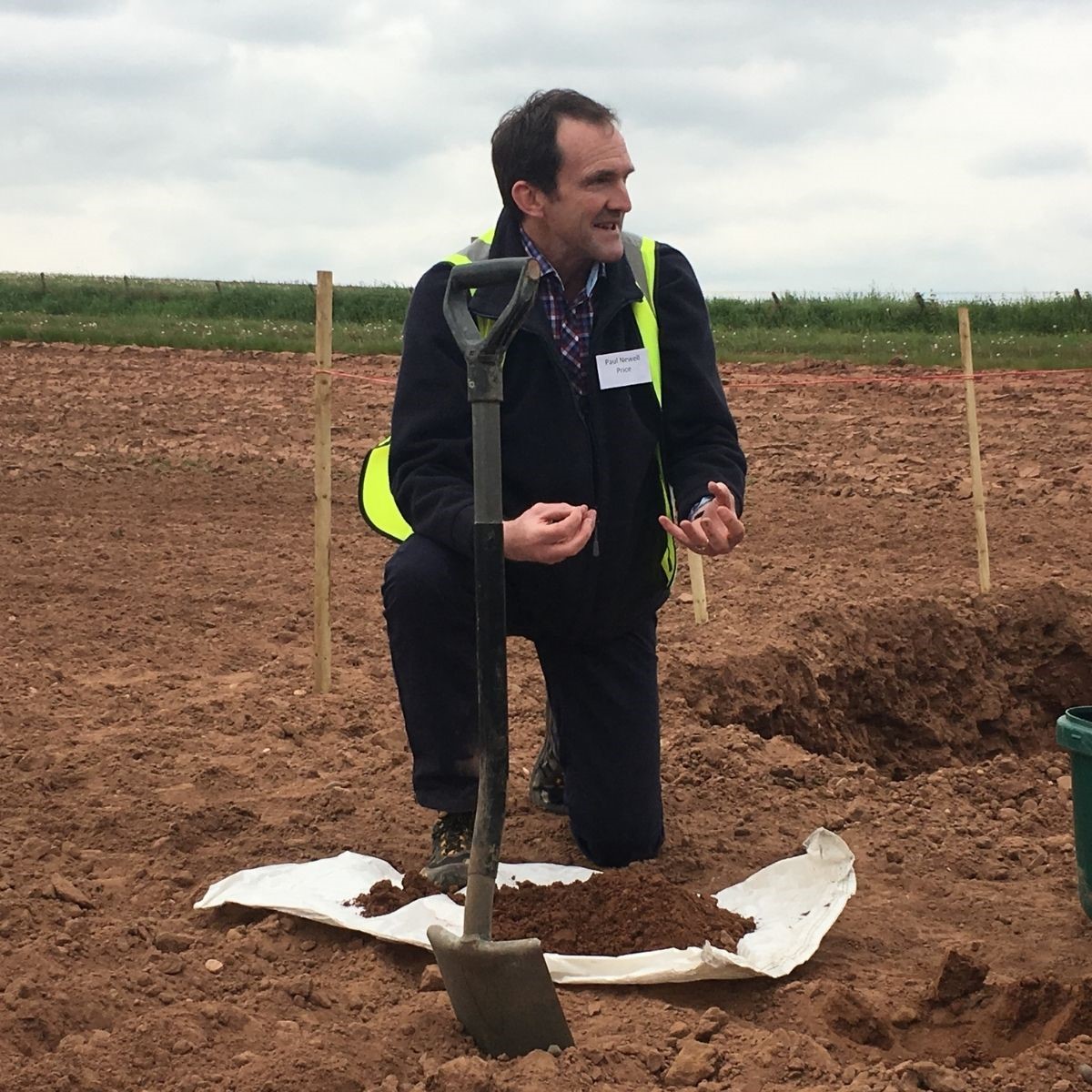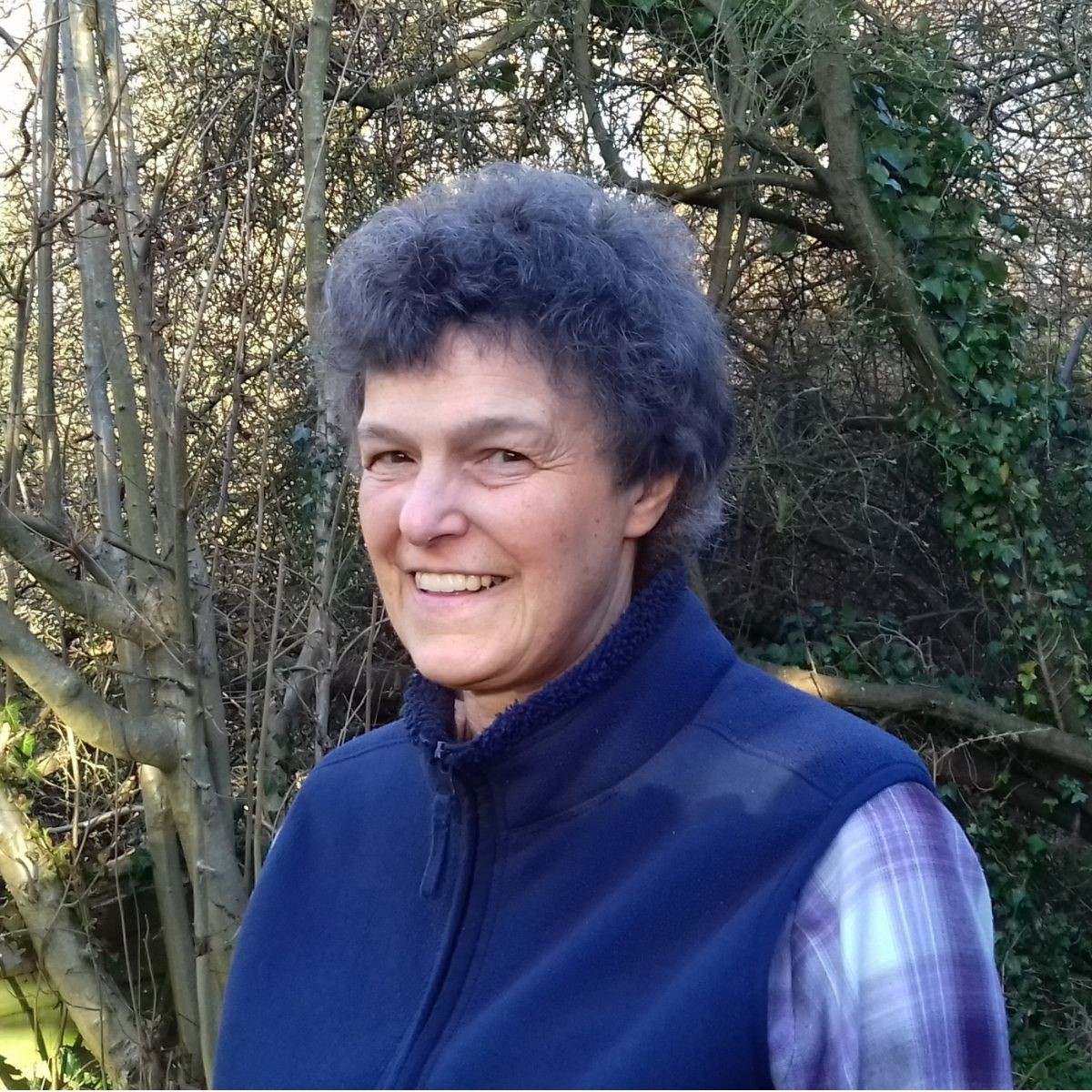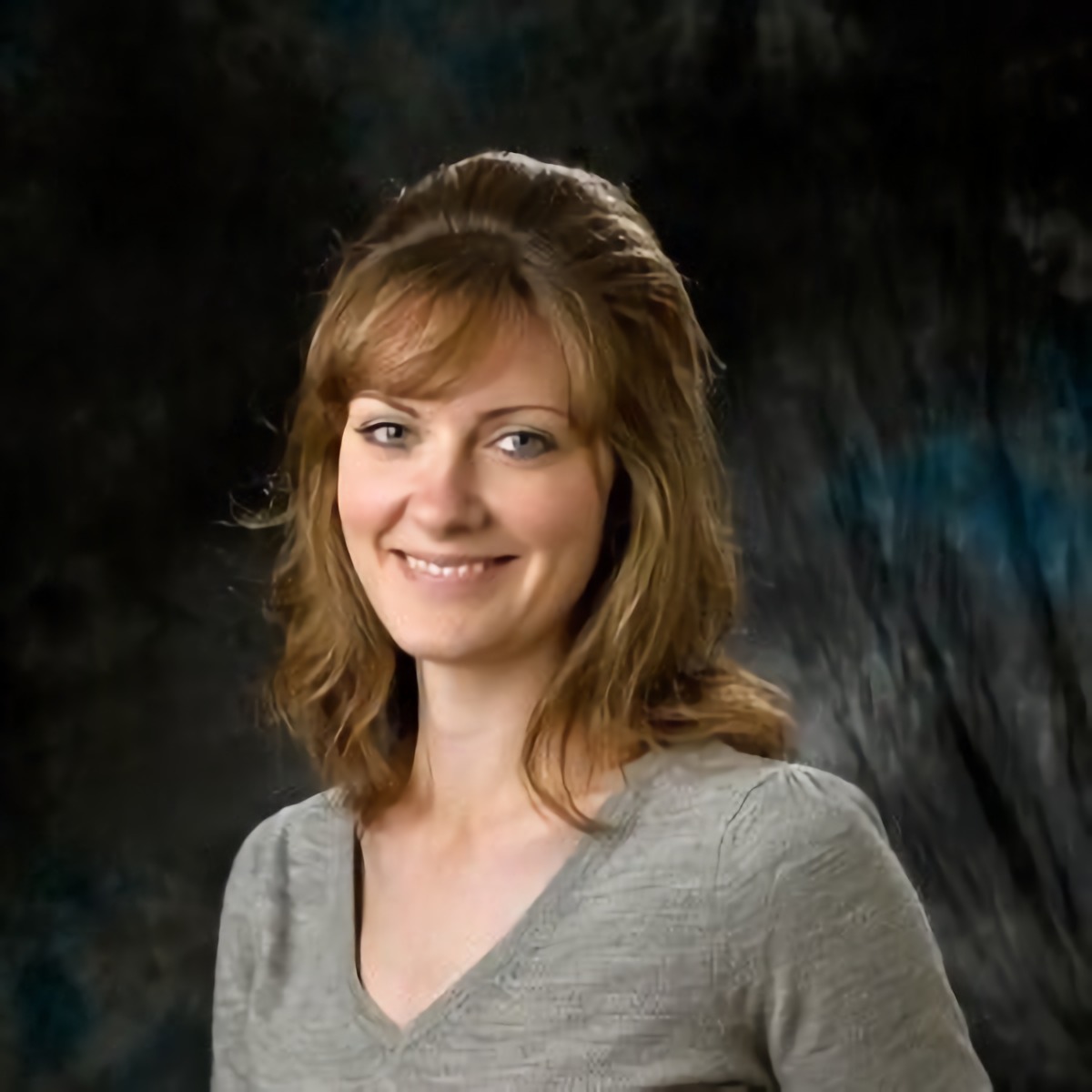Introduction
I hold a 75th Anniversary Research Fellowship as a soil scientist at Cranfield University. I lead both fundamental and applied research, principally focusing on soil formation, and the parent materials from which soil is formed. The basis of this work takes place at the interface between soil and weathered bedrock called saprolite. This zone represents a ‘final frontier’ at the bottom of many soil profiles, and one which is likely to become more critical as soils around the world continue to erode to bedrock.
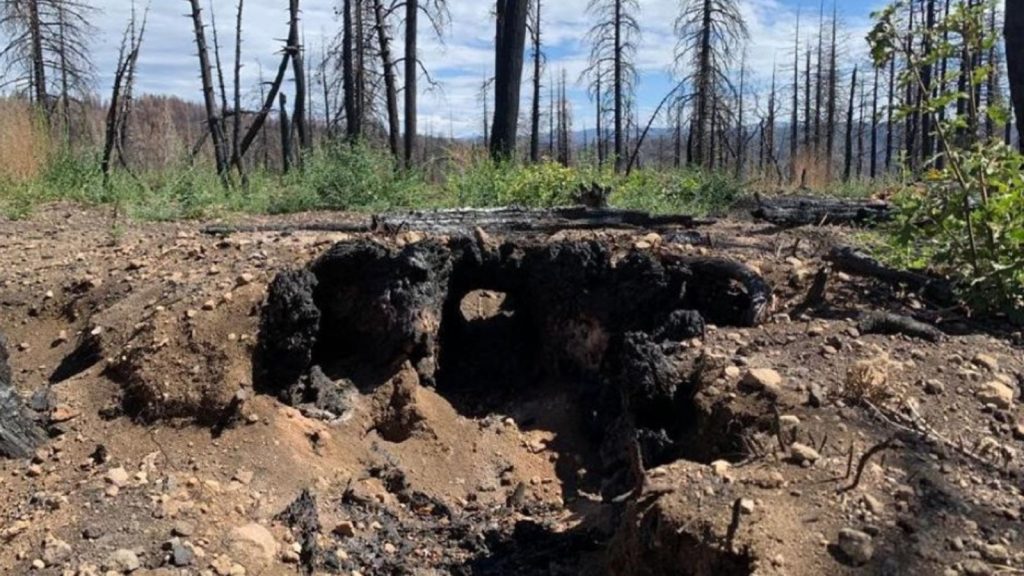
Background
Soils represent one of the largest reservoirs of soil organic carbon (SOC). Maintaining this stock of SOC is fundamental for building resilient global food and water systems, and curbing climate change. Significant research efforts have focused on maximising CO2 sequestration and increasing SOC stocks in soils, but there has been almost no research on the carbon storage capacity of soil parent materials (SPMs, i.e., the materials that underlie subsoil horizons, and from which soils form). Aspirations to achieve net-zero carbon emissions heavily rely on comprehensive carbon accounting, encompassing all carbon pools and sequestration processes within soil profiles, including those at the interface between soils and SPMs and one key emerging question that requires investigation is the resistance or resilience of saprolite carbon to land surface perturbations. The aim of my David Jenkinson Fellowship was to assess the extent to which wildfire impacts the SOC stored within saprolite. For me to undertake this, I needed to work at a site which had been recently impacted by wildfire, and with a team sufficiently equipped to extract cores of soil and saprolite.
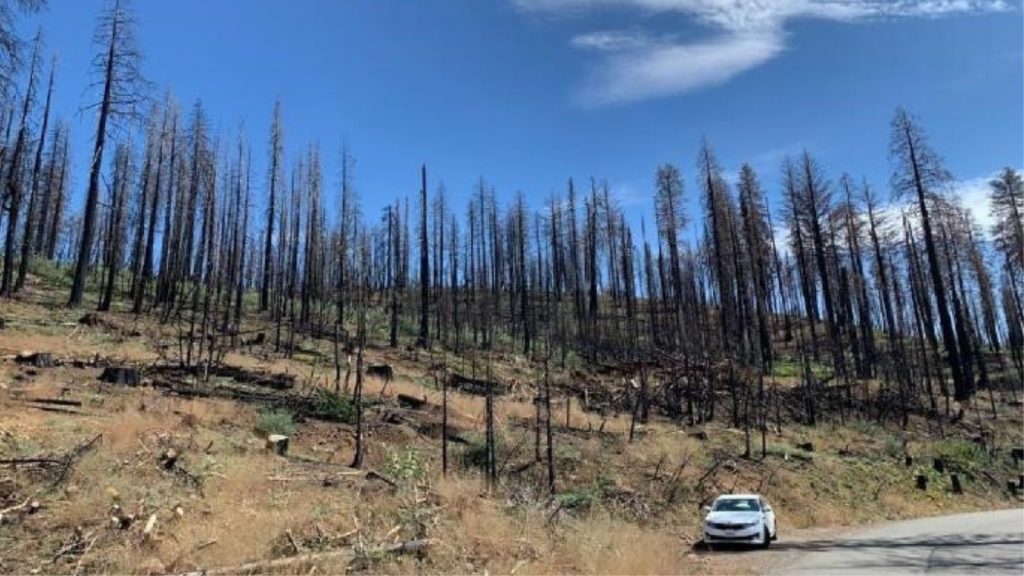
SOUTHERN SIERRA CRITICAL ZONE OBSERVATOR
The Southern Sierra Critical Zone Observatory (CZO) in California (USA), in collaboration with Lawrence Livermore National Laboratory, has undertaken extensive research on soil bedrock sequences in recent years. Fortuitously, one of the major challenges faced by the Southern Sierra CZO site is the occurrence of wildfires. Some notable wildfires that occurred in 2021 include the Dixie Fire, which started in July and became the second-largest wildfire in California’s recorded history, burning over 900,000 acres of land.
Before and after the 2021 Caldor wildfire, Lawrence Livermore National Laboratory extracted soil-bedrock cores from several sites across the Southern Sierra CZO. During a field trip to one of the core extraction sites, one notable finding was the pulverization of the upper 30 cm of soil around trees, resulting in the creation of craters in the landscape where the tree biomass was once present (i.e., where the trunks once stood). This led to a discussion about what effect this soil thinning would have on the protection/buffering of the underlying soil horizons, and indeed the saprolite. The wildfire also induced tree-throw, revealing root balls that contained saprolite within them. This observation provides compelling evidence that the roots of these trees extend into the saprolite layer.
Analysis conducted at Lawrence Livermore National Laboratory on the cores extracted from the site revealed black pigments found within the saprolite at depths of at least 10 metres in the post-fire core (and absent from the pre-fire core) suggest these are charred tree roots. This challenges the assumption that the saprolite is completely insulated from the effects of wildfires. However, an alternative hypothesis suggests that the pigments may be associated with rock inhabiting fungi. These non-lichenized fungi naturally colonize rock surfaces and subsurface materials, displaying a black to olivaceous brown speckled appearance. Further investigations are underway to chemically identify these pigments which will provide insights into the interactions between microorganisms and the saprolite in the context of fire disturbance.
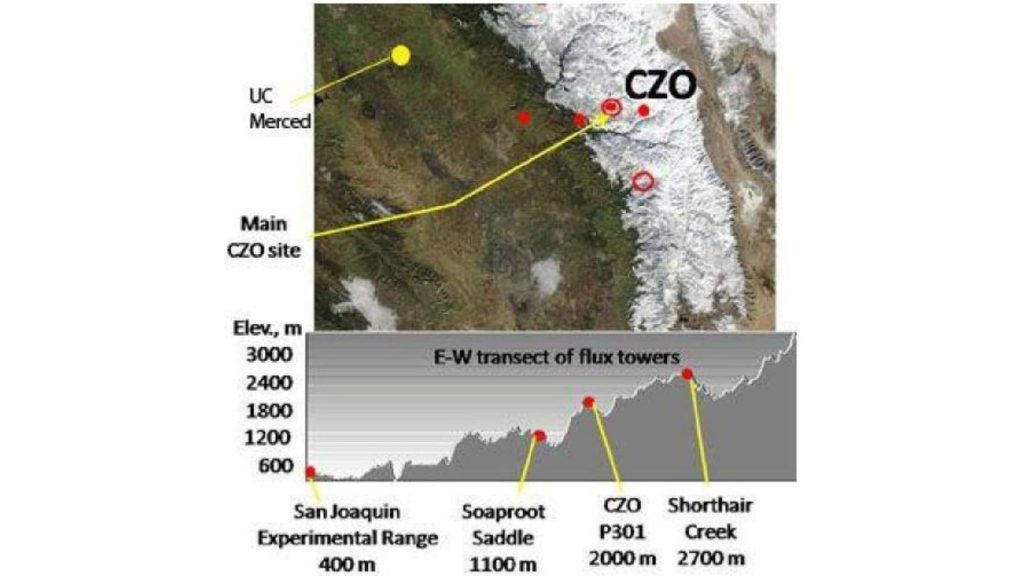
Additional Activities
During my trip, I had the opportunity to give a talk at Lawrence Livermore National Laboratory, where I presented my research programme ‘Building Tomorrow’s Soils’ and explored potential collaboration opportunities between Cranfield University and the Laboratory. One of the collaborations initiated was a survey conducted with Kimber Moreland, focusing on the reasons why soil scientists often choose not to sample deep soils and saprolite.
I was also invited by Prof. Emma Aronson to the University of California Riverside to deliver a Lunchtime seminar talk to her Soil Microbiology research group. This was a novel platform to share my research insights and engage in cross-disciplinary discussions. I also had the opportunity to meet with Dr Yang Yang, who is involved in developing methodologies for detecting and measuring microbial communities within rock.
Additionally, I visited Profs. Ron Amundson and Bill Dietrich at the Department of Environmental Science Policy & Management at the University of California Berkeley. Amundson and Dietrich are renowned pioneers in the field of soil formation measurement and modelling, which aligns with my own research interests.
Overall, these additional activities during my David Jenkinson Fellowship have not only broadened my professional network but also facilitated collaborations, knowledge sharing, and exposure to diverse research perspectives.
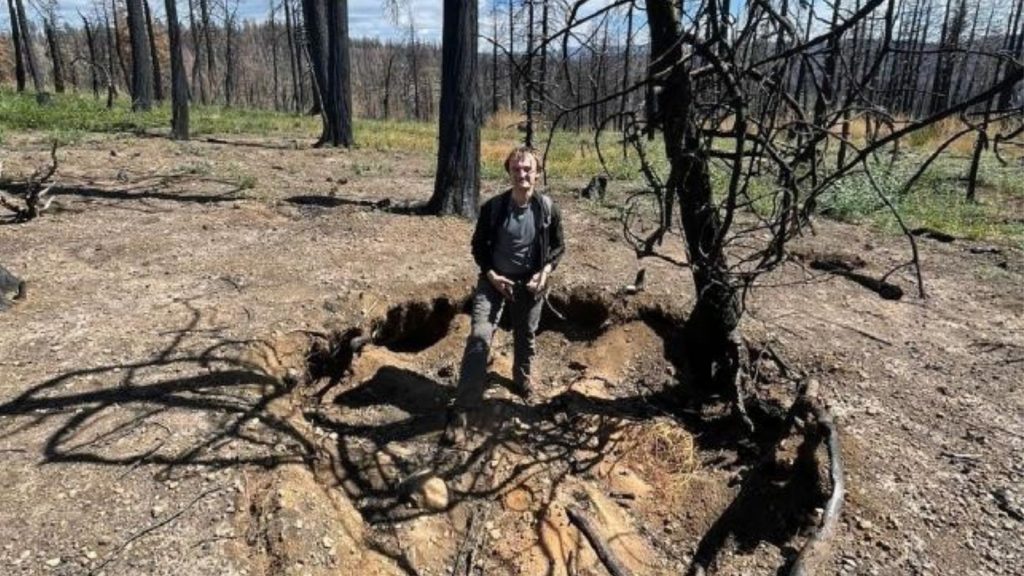
Final Words
My David Jenkinson Fellowship provided the time and space to consider additional research questions with my US partners. One of these concerns the impact of wildfire on deep water storage within saprolite. Moreover, the burning of trees and roots during wildfire results in a reduction of root biomass, leading to decreased water uptake post-fire. Consequently, there is an increased potential for water accumulation at greater depths within the soil profile and the saprolite. This raises important questions regarding the implications of deep-rooted plant loss due to wildfires. Specifically, research should be carried out to explore whether the removal of deep-rooted vegetation by fire leads to an enhanced storage of water within the deep layers of the soil profile, including the underlying SPM.
The David Jenkinson Fellowship has played a pivotal role in facilitating collaborations in the United States, particularly with a Critical Zone Observatory (CZO) that focuses on studying deep soils and the relationship between soil and underlying parent material. This collaboration has served as an exemplary model for how soil scientists in the UK can investigate whole soil-rock systems, shedding light on their significance and providing valuable insights into the processes of soil formation.
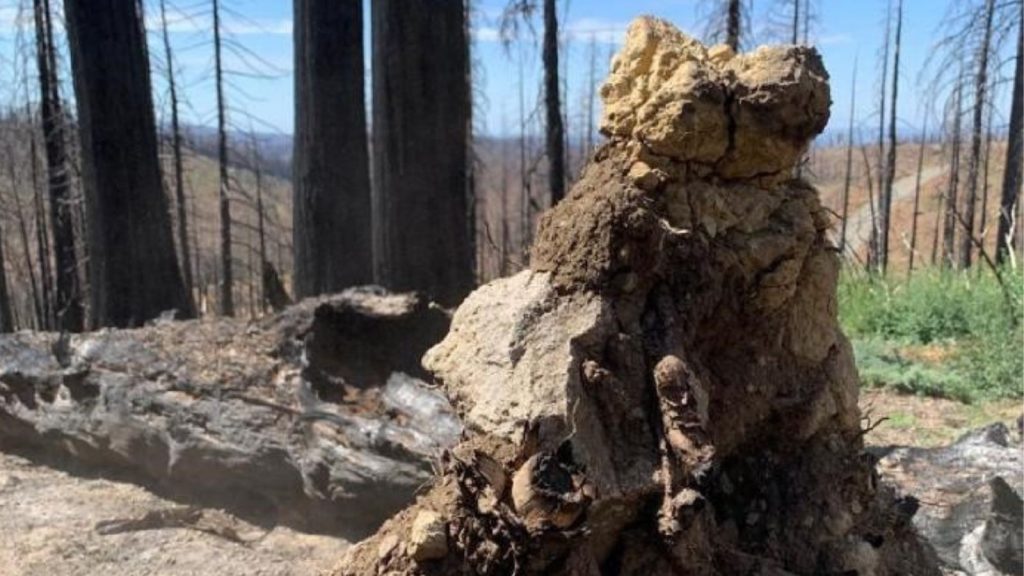
Acknowledgements
I would like to express my sincere gratitude to the British Society of Soil Science for awarding me the David Jenkinson Fellowship. This prestigious fellowship has been instrumental in making this research trip possible.
I would like to extend my thanks to my collaborators at Lawrence Livermore National Laboratory, particularly Kimber Moreland, for their invaluable guidance, support, and the opportunity to work together on this project. Their expertise and passion for soil science has greatly enriched my perspectives on soil-saprolite research, and I look forward to working with them LLNL team more in the future.
I am also immensely grateful to Emma Aronson and her team at the University of California Riverside for hosting me during my research visit. Although I was only there for a day or so, they provided me hospitality, thought-provoking discussion, valuable insights, and the opportunity to engage with the Soil Microbiology research group. I look forward to hosting Emma in the UK, later this year.

